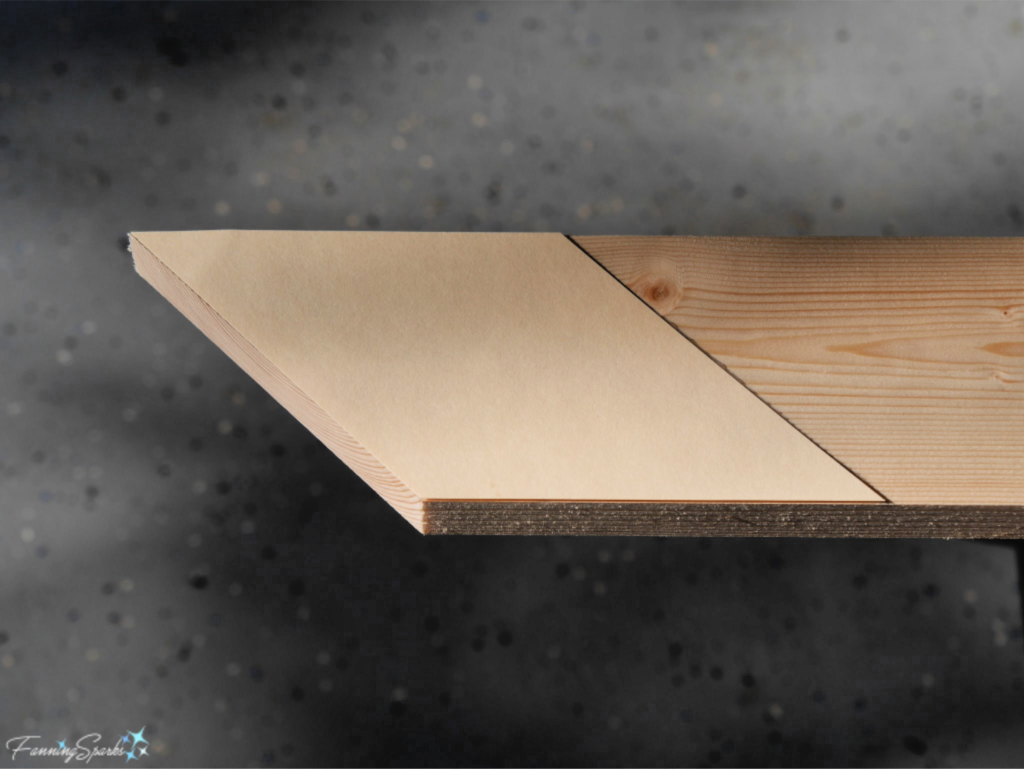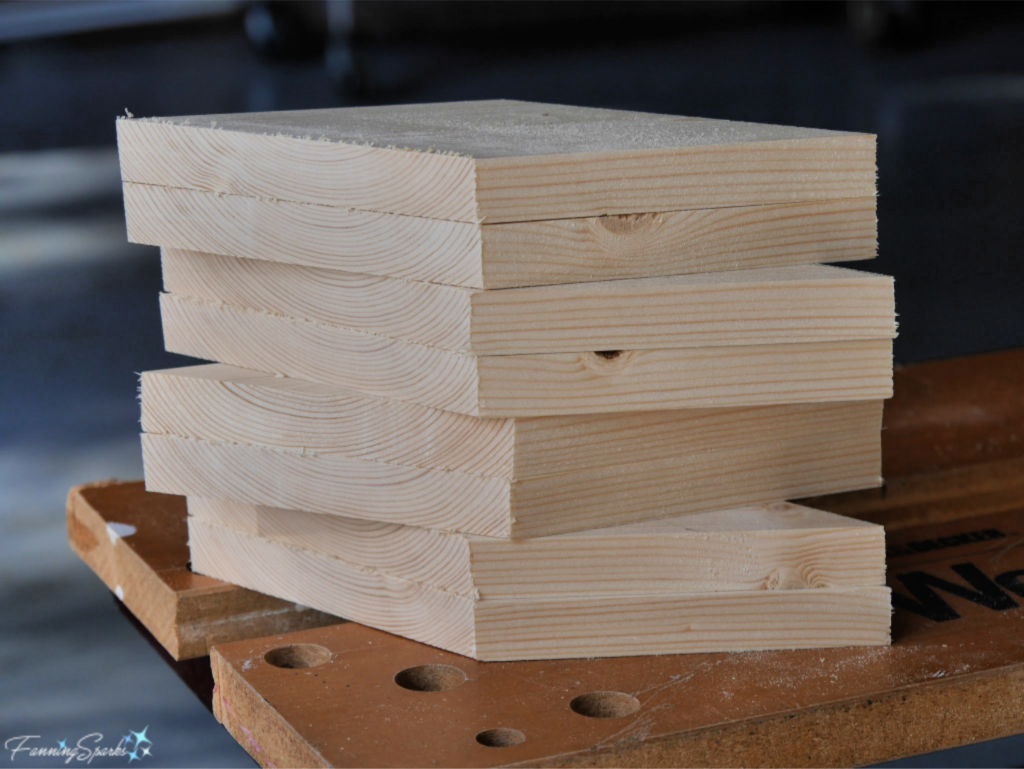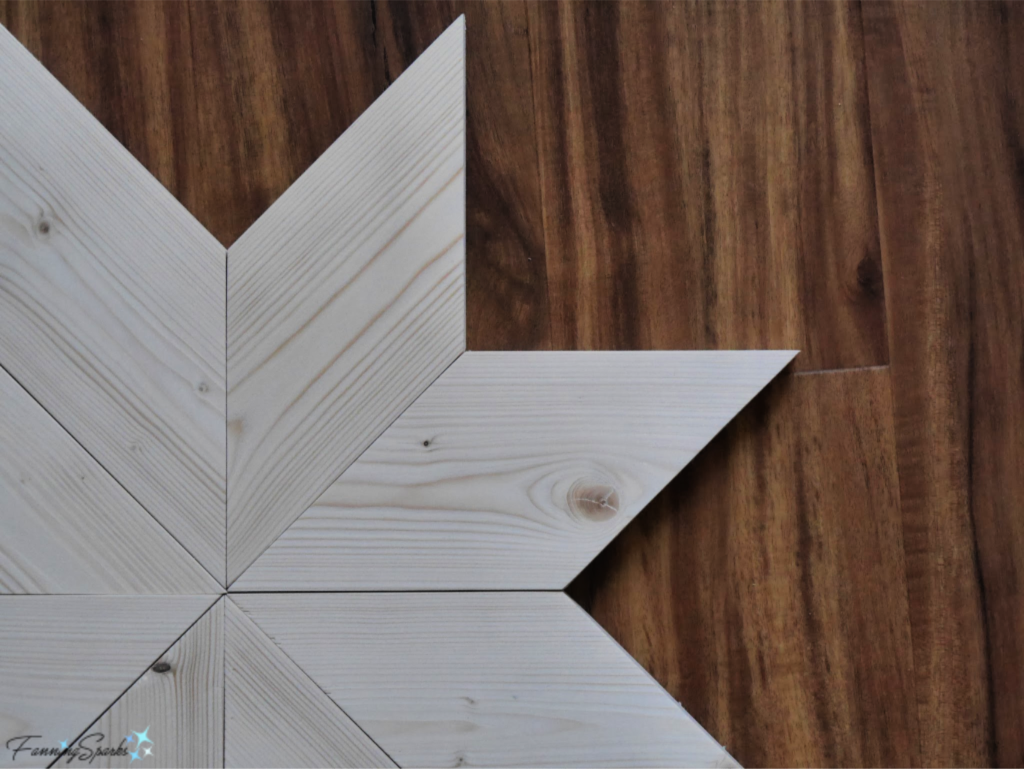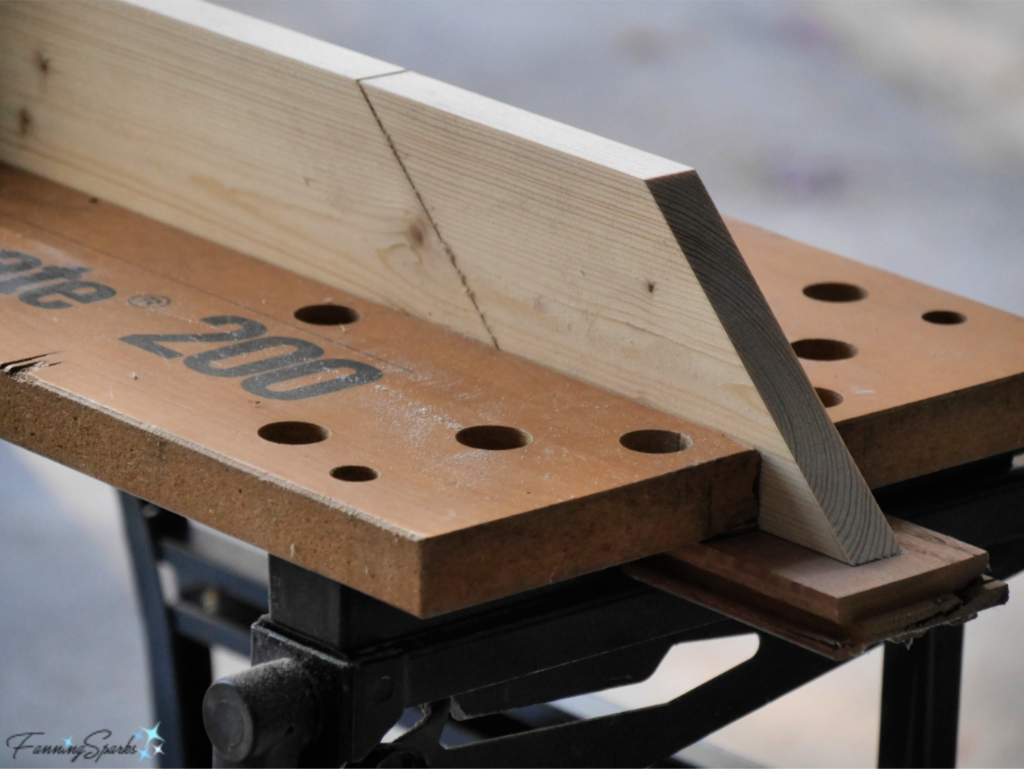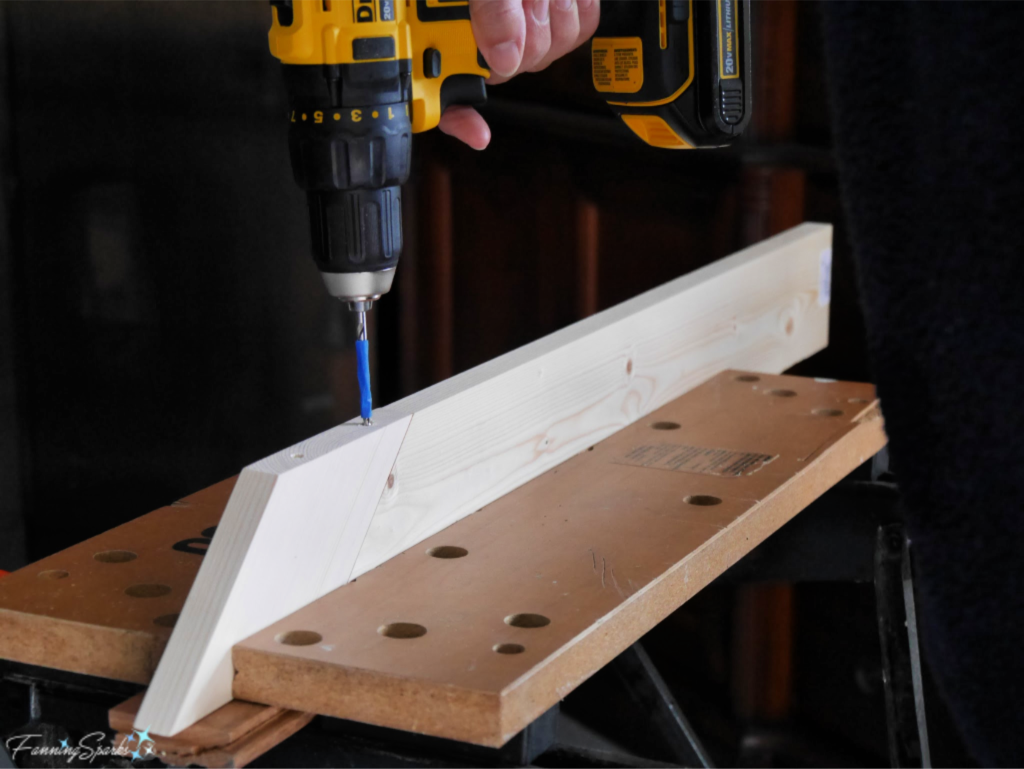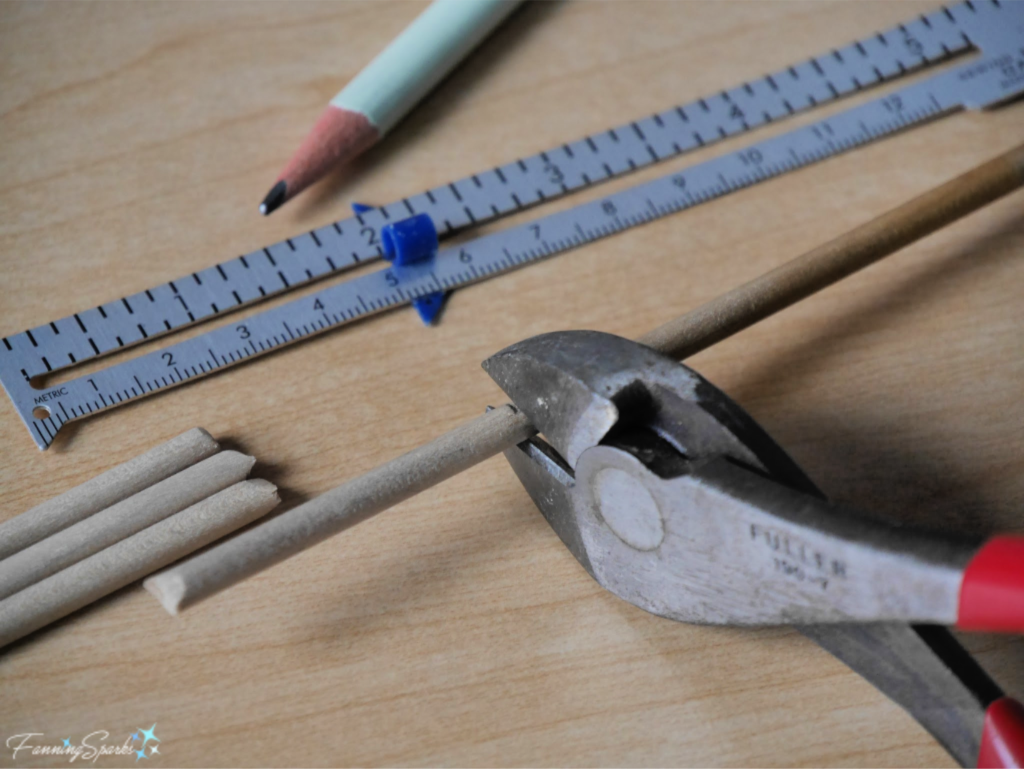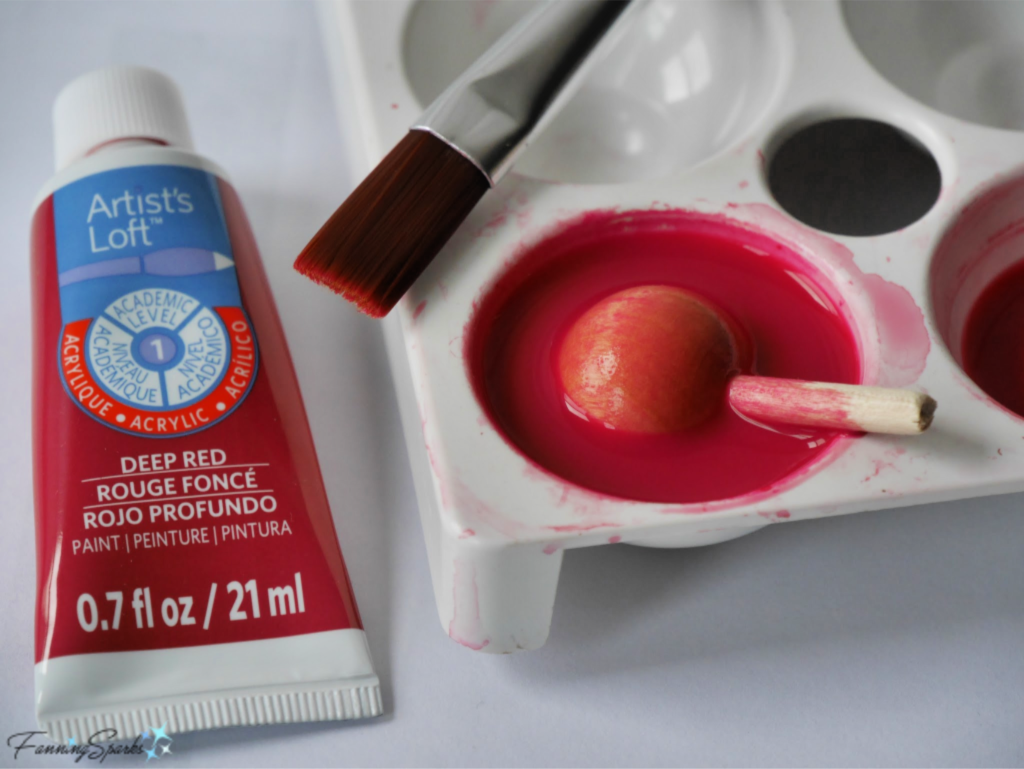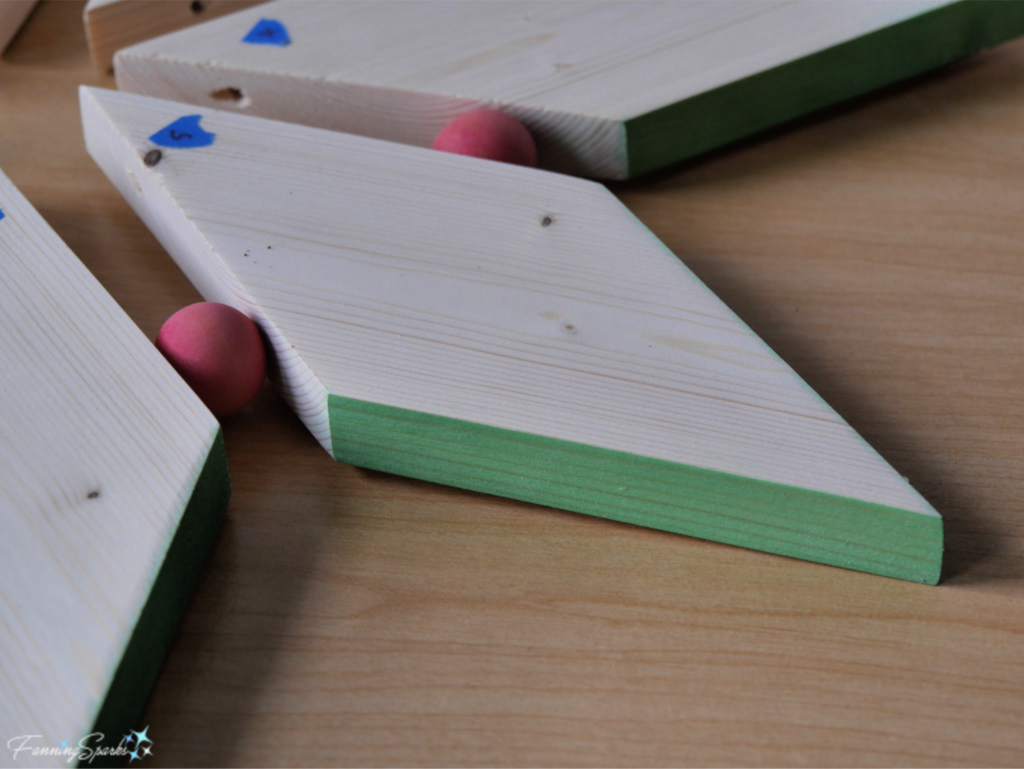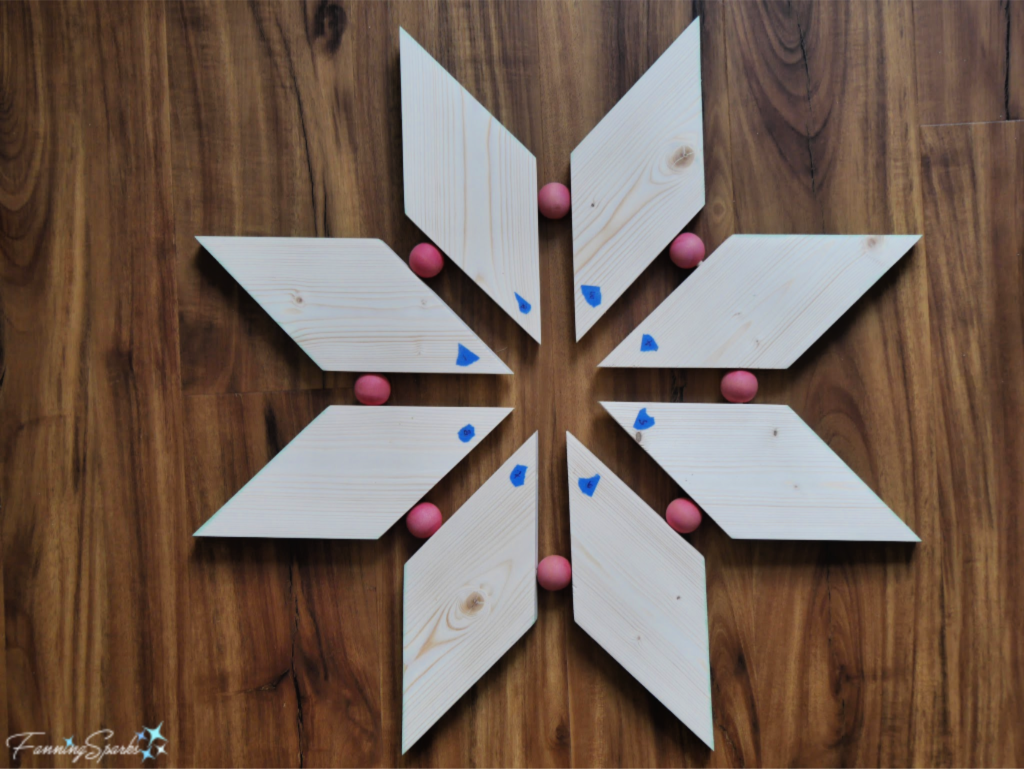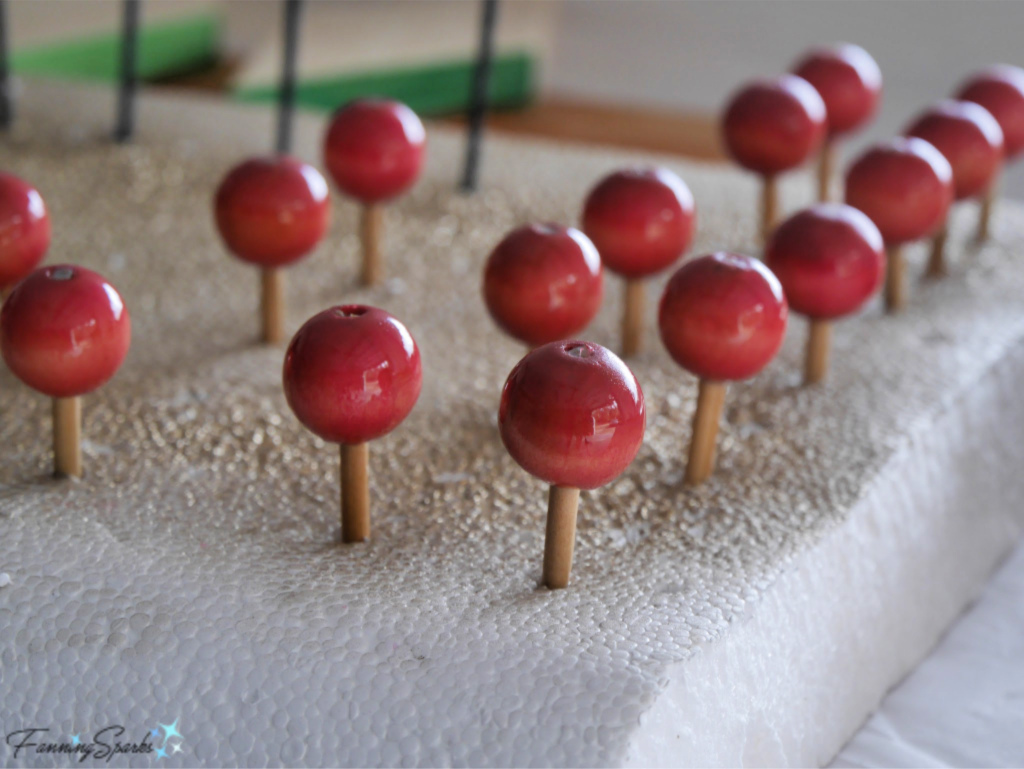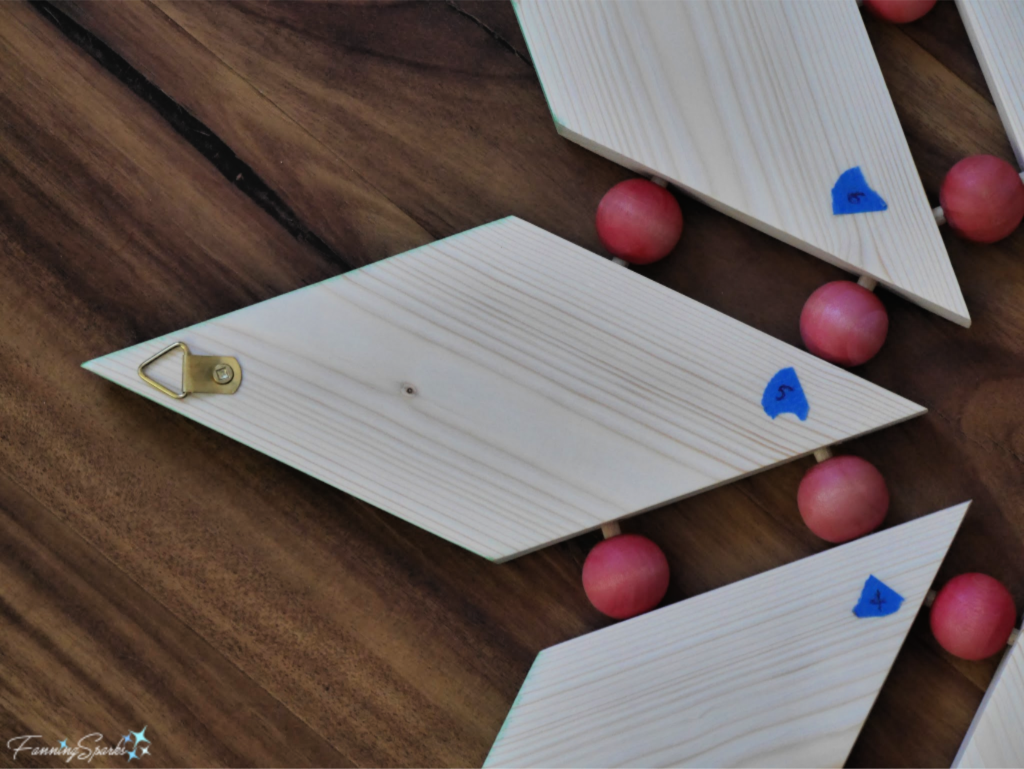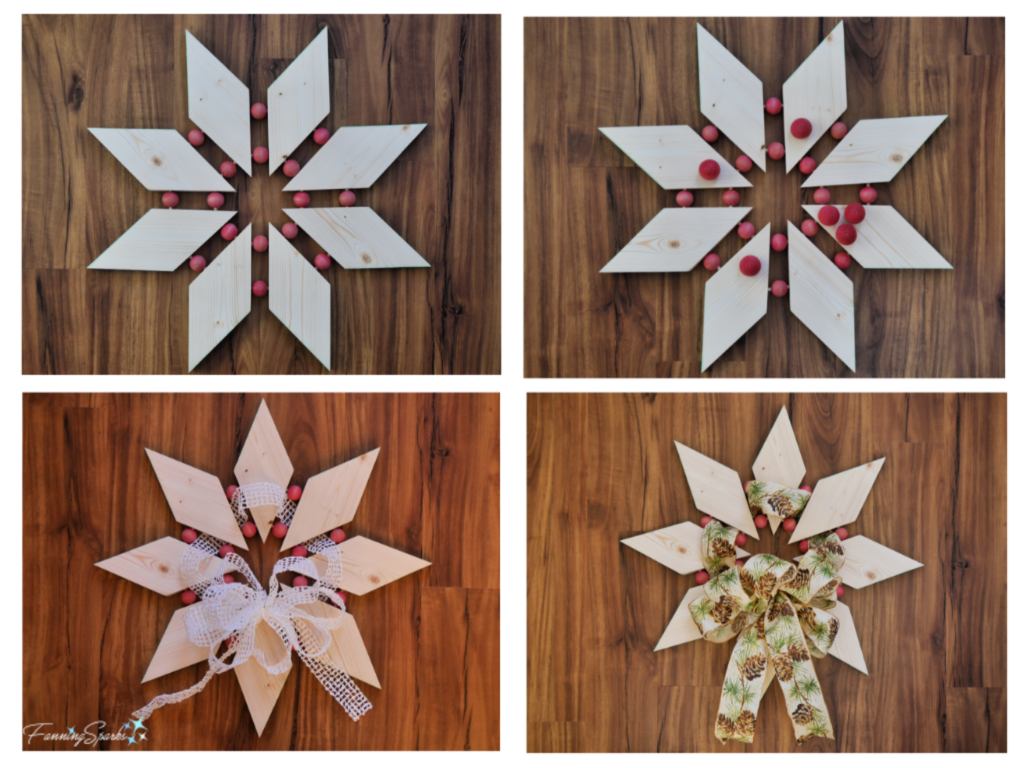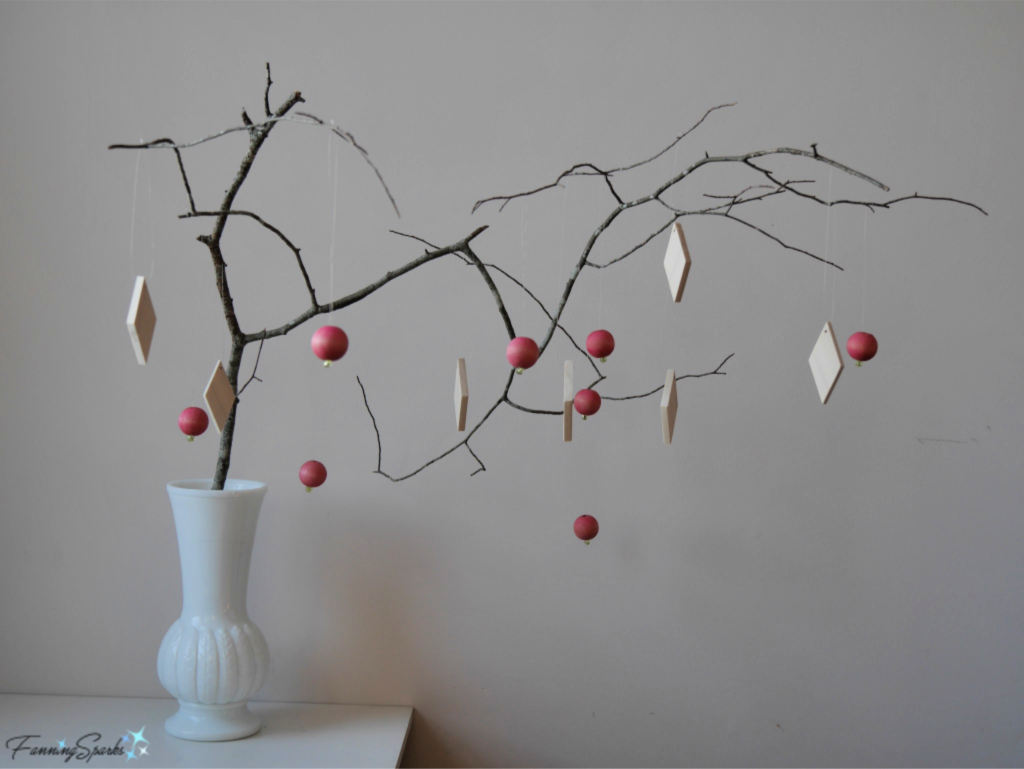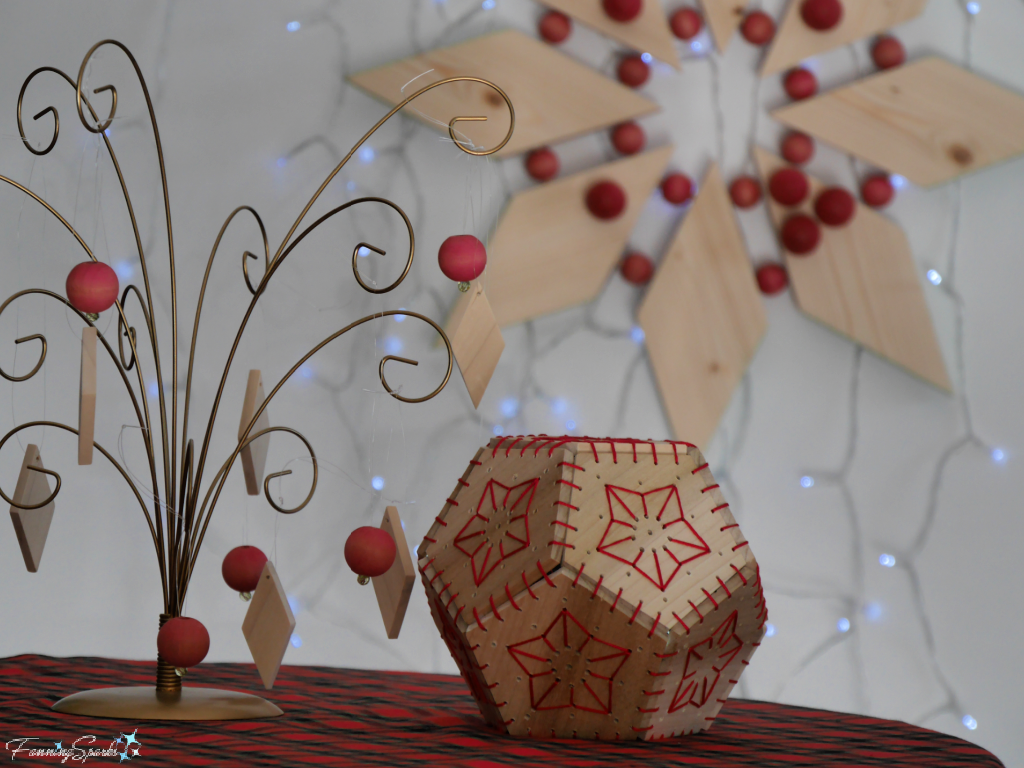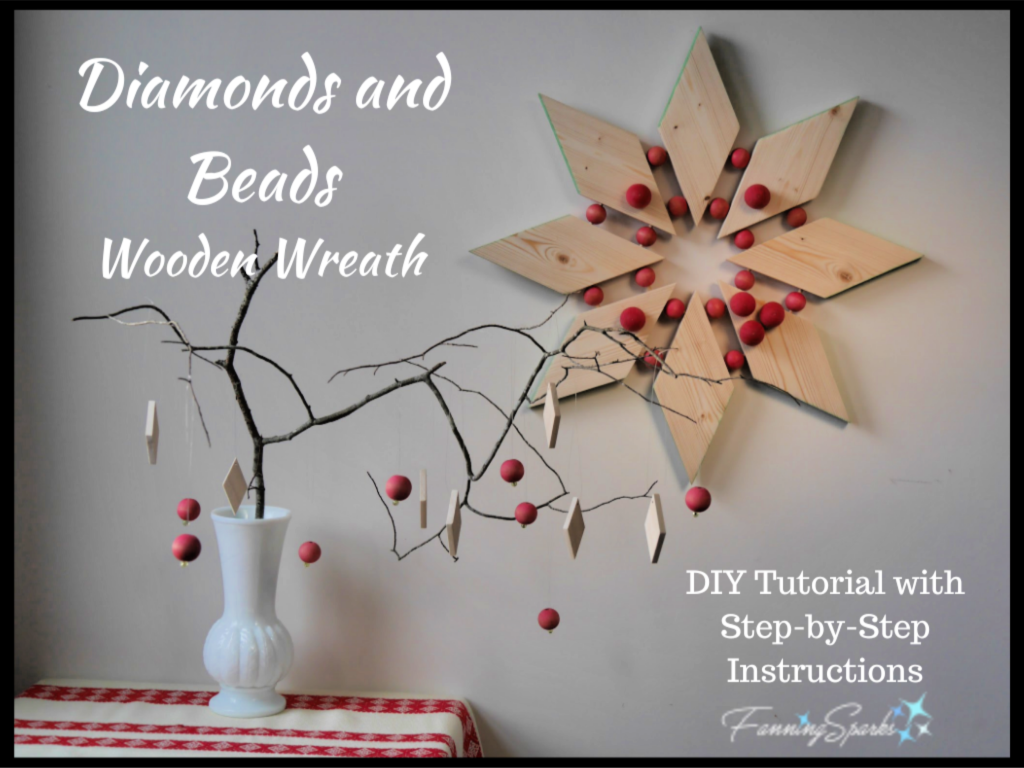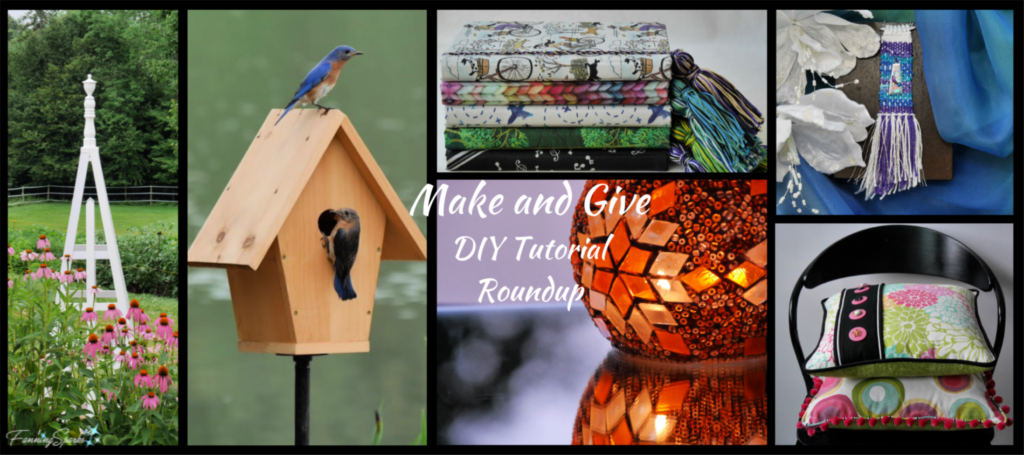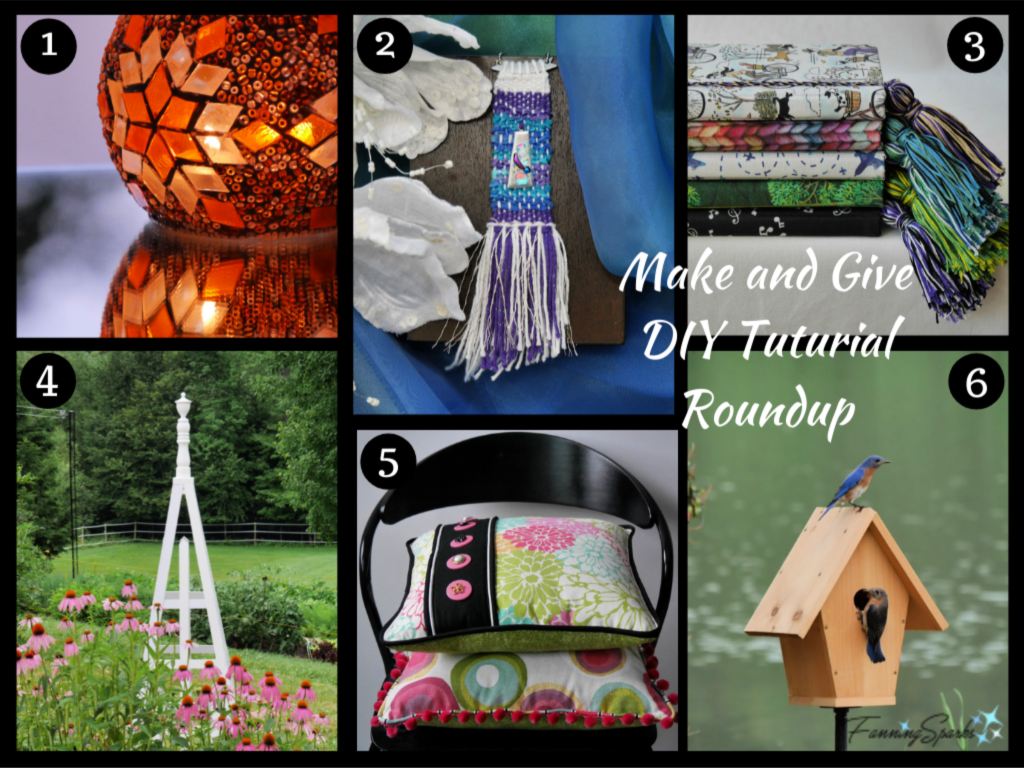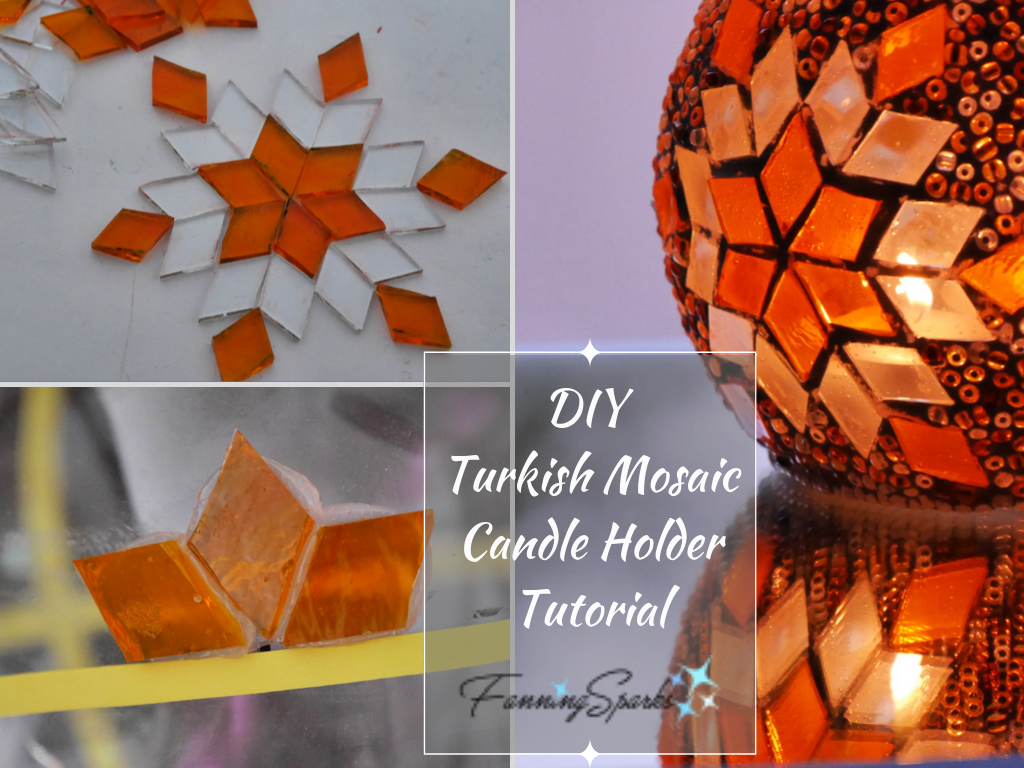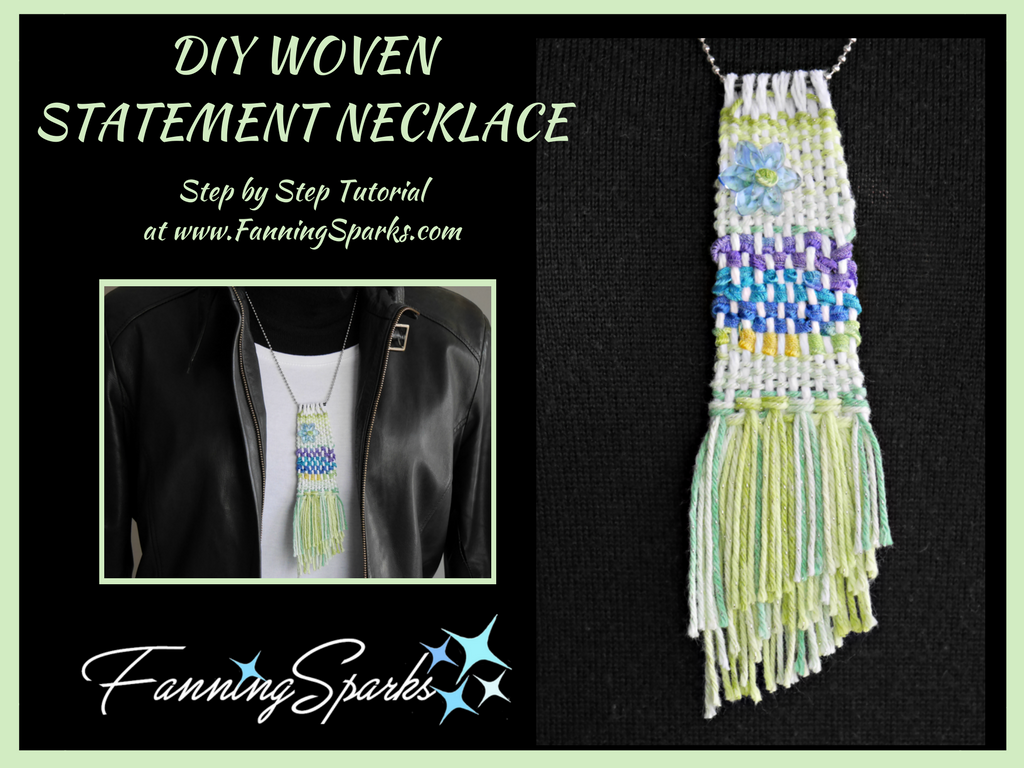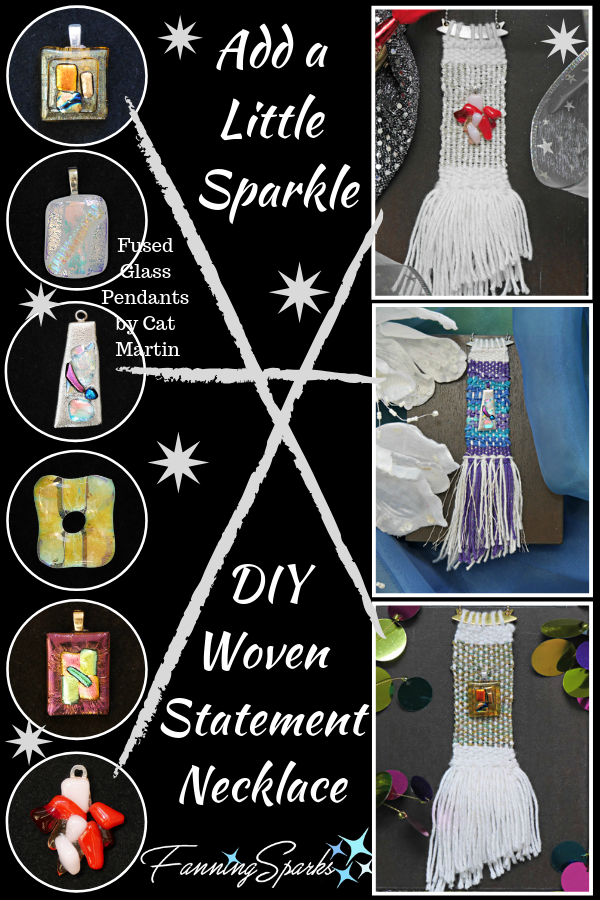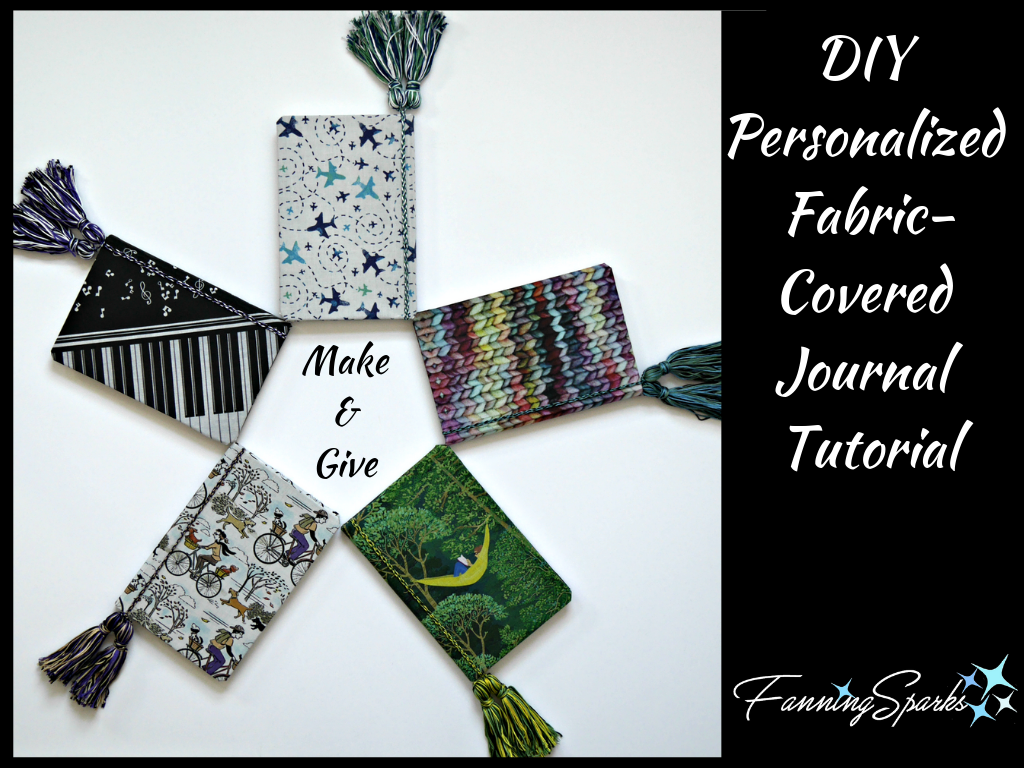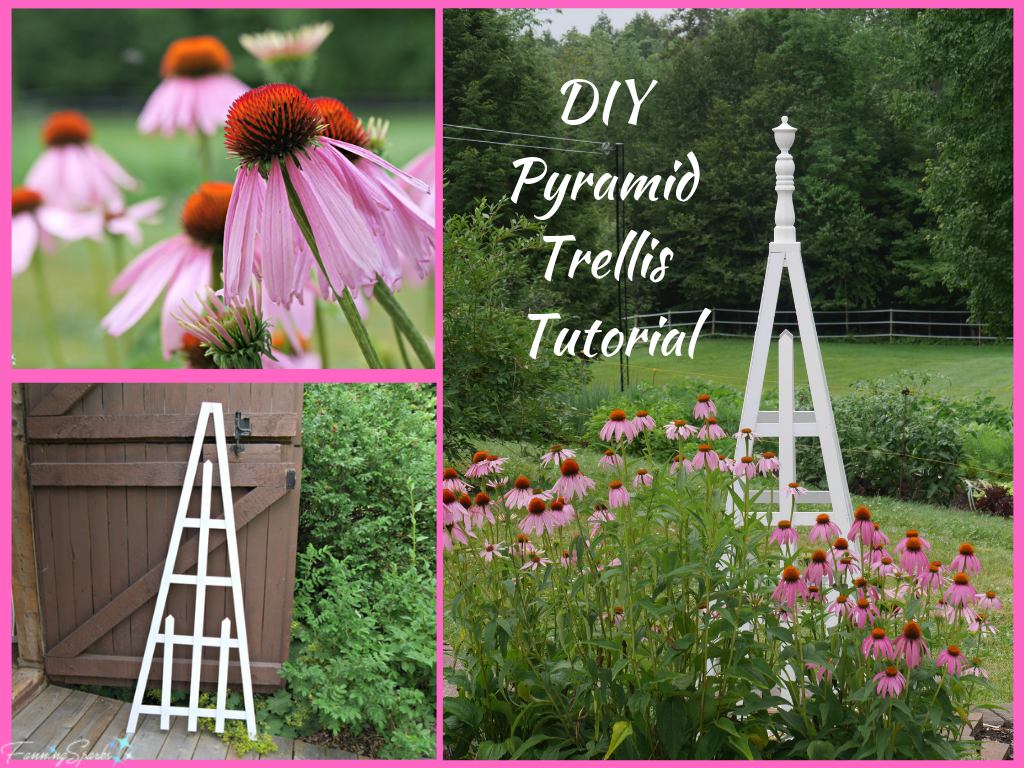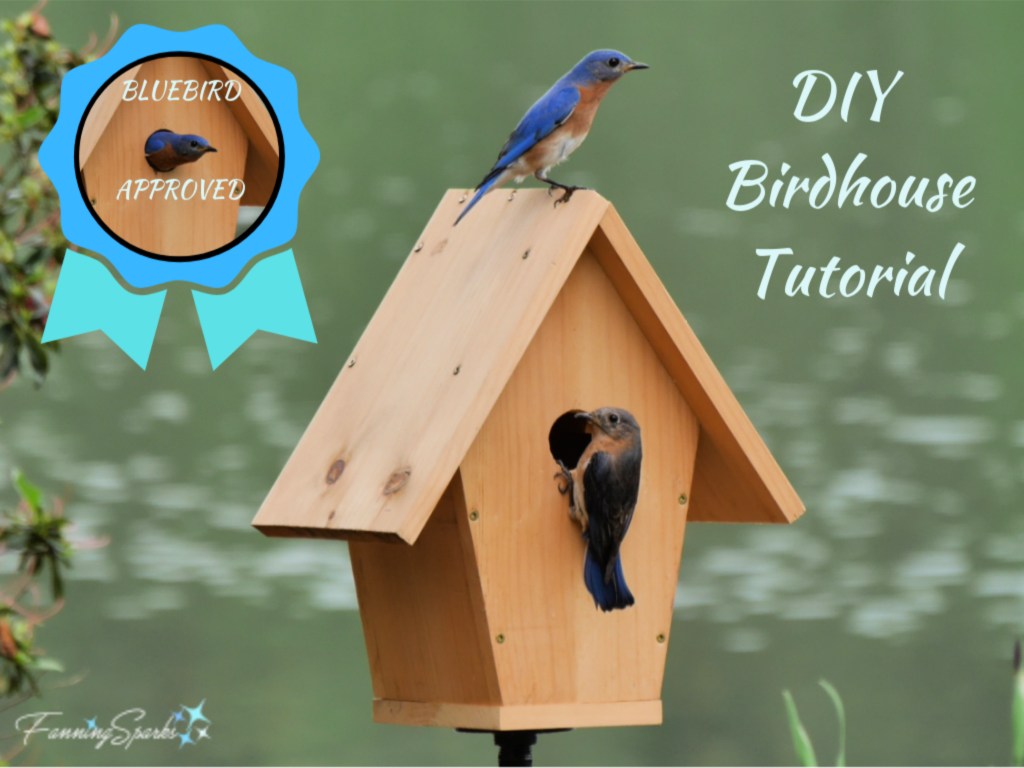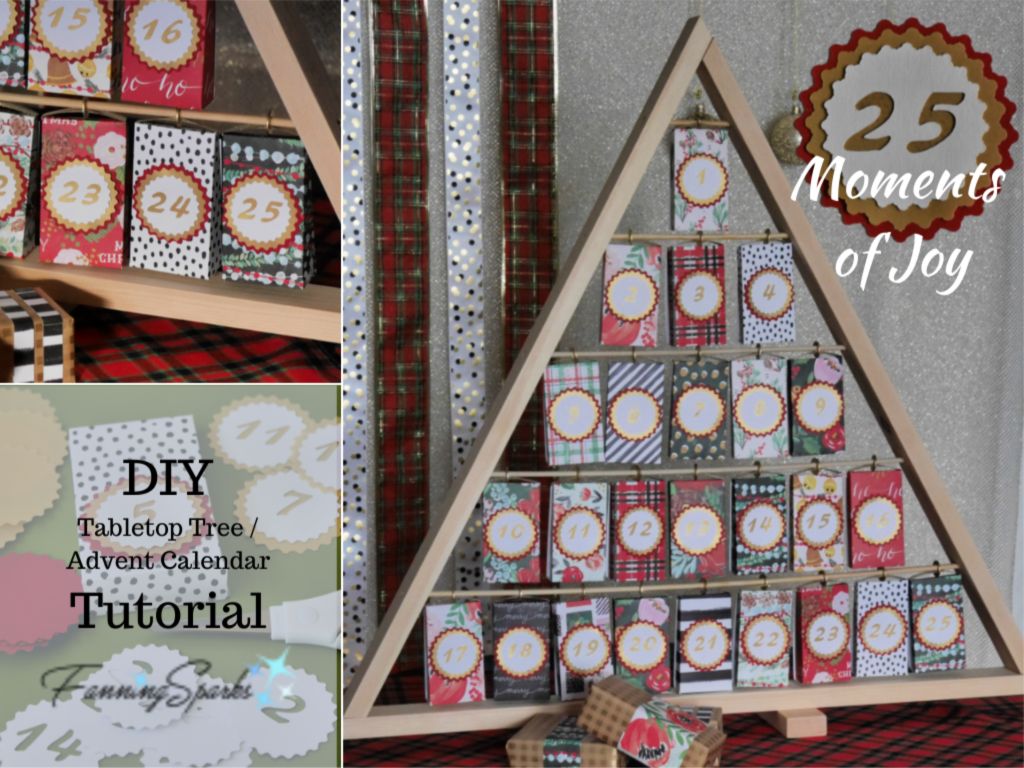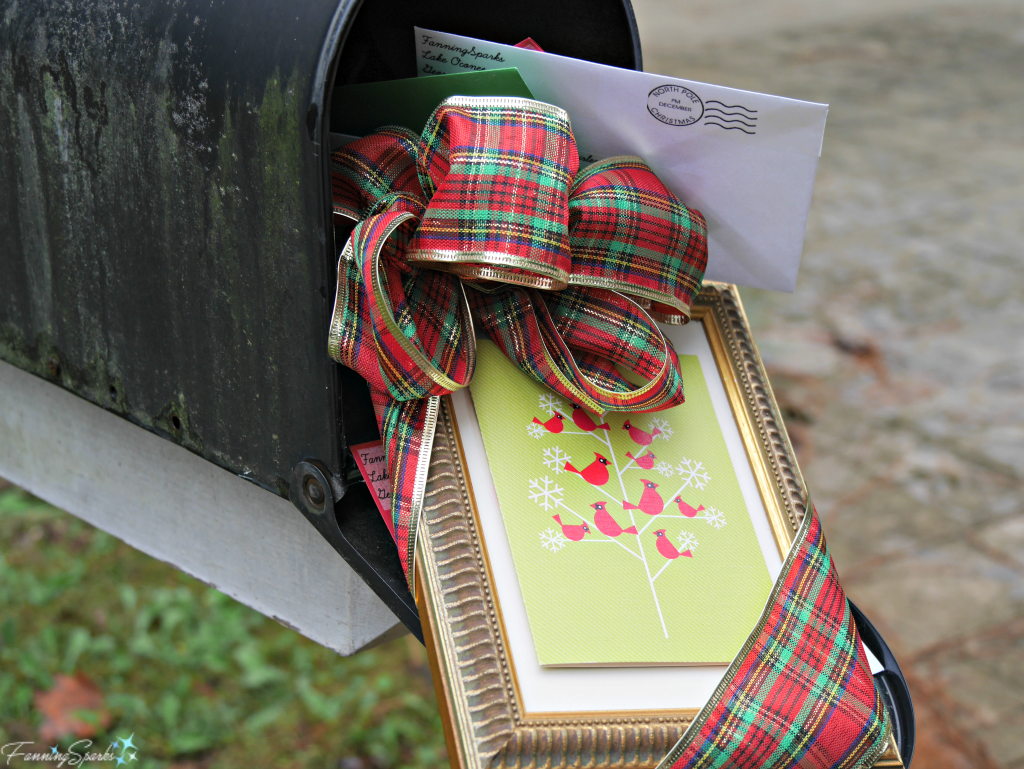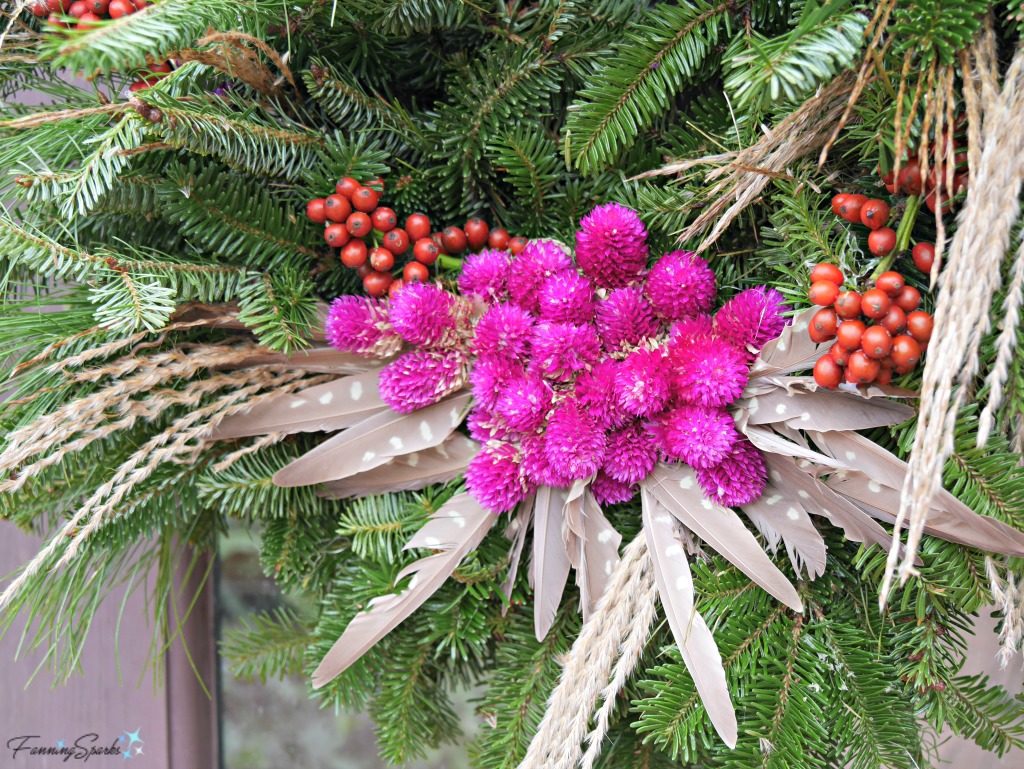There’s no shortage of the “best of” photography and “photographer of the year” awards at this time of year. I’m drawn into nearly every one—the photographs are astounding! Sparked by all these award-winning photos, I decided to take a look back through my own photos from 2019 and select a few to share with you today. After scanning a year’s worth of photos, 220 folders containing over 15 thousand photos, I had it narrowed down to 46 shots.
At this point, I have to admit—15,000 photos is a lot! I can’t help but stop to be grateful for the way the technology of photography has evolved. I saw a lot of film negatives (like those pictured above) during the five years I worked in a photography studio. It was my first job after graduating from high school and a great experience. (Special thanks to the fine folks at Pridham’s Studio in Truro, Nova Scotia!). Back in those days, you had to pay for every photo you took. I don’t remember the exact costs but I do remember a good chunk of my paycheck never left the studio.
So back to today’s topic. I had to find a way to narrow down the 46 photos from my first cut. To be as objective as possible, I considered the following criteria: 1) Interest 2) Composition 3) Viewpoint 4) Lighting 5) Color 6) Timing 7) Uniqueness. A good photo tells a story and draws the viewer in for a closer look. I hope these photos do that. I also considered the elements of art (ie line, shape, form, texture, color, value/tone and space) and the principles of design (ie balance, harmony, pattern, contrast, movement, emphasis and hierarchy) as they relate to photography. While my photos aren’t in the same league as the award winners, I’m pleased to share, in no particular order, FanningSparks’ Top 19 Photos from 2019.
This past spring, a pair of Carolina Wrens decided to build their nest in one of our French enamelware pots (don’t worry—we use them for decorating not cooking!). Watching these wrens was endlessly entertaining. This photo, showing one of the parents delivering dinner, was my reward for several hours behind the camera lens.
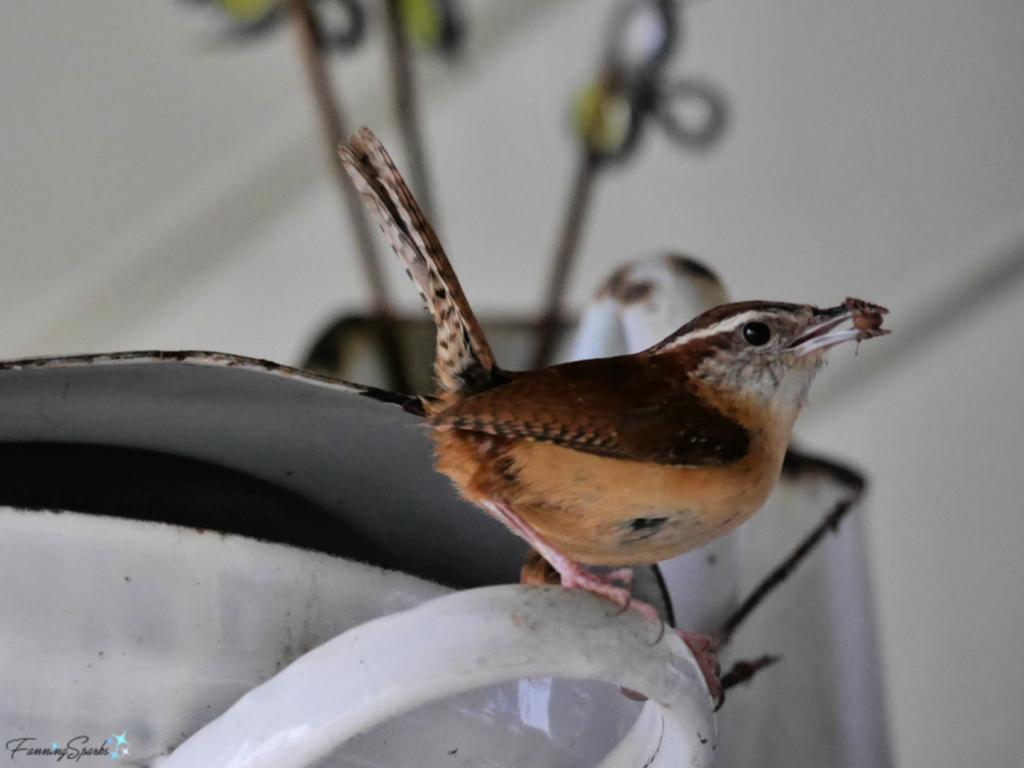 Eventually the little ones were ready to leave the nest. The below wren chick is emerging for the first time. Watching the chicks learn to move around and fly for the first time was amazing. I selected these photos for their uniqueness and the story they tell.
Eventually the little ones were ready to leave the nest. The below wren chick is emerging for the first time. Watching the chicks learn to move around and fly for the first time was amazing. I selected these photos for their uniqueness and the story they tell.
 This foxglove was glowing in the morning sunshine at the Georgia State Botanical Garden in Athens, Georgia. I chose this shot for the dramatic lighting, the strong use of negative space and the striking contrast.
This foxglove was glowing in the morning sunshine at the Georgia State Botanical Garden in Athens, Georgia. I chose this shot for the dramatic lighting, the strong use of negative space and the striking contrast.
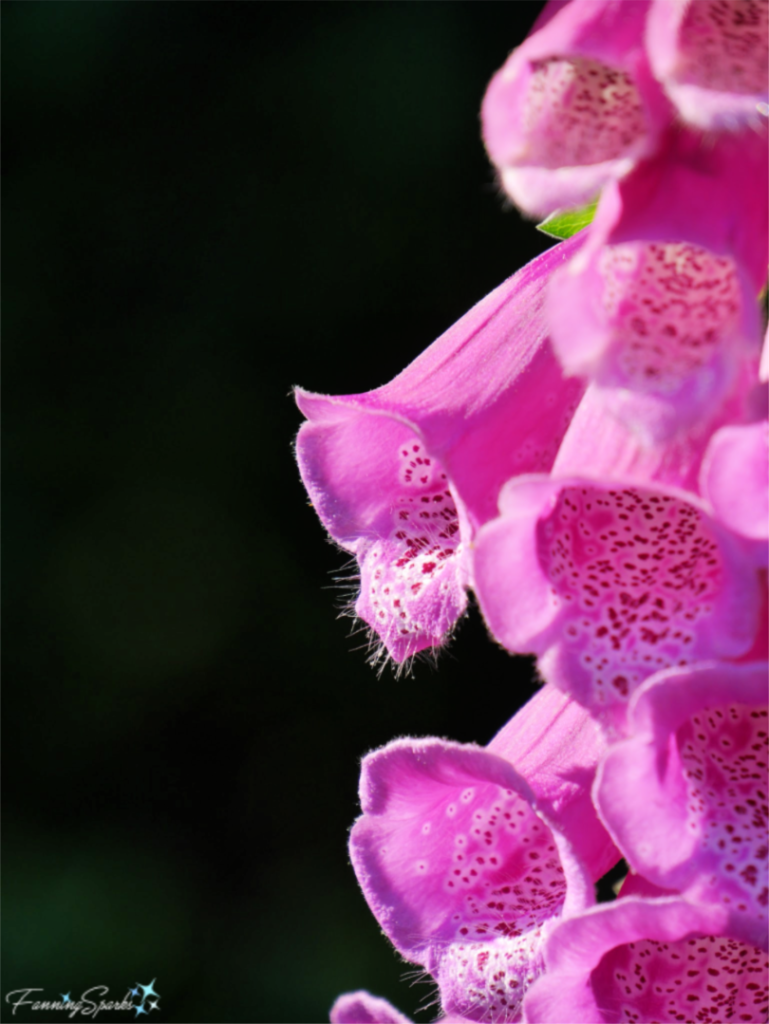
That same early morning sunshine, shone a spotlight on this pretty red poppy just as a honey bee flew in. The sunlight also emphasizes a pollen basket on her back leg. I chose this photo for the lighting and composition. The angled bloom fills the frame in an interesting way and highlights the bee. The bee is positioned according to the rule of thirds. The rule of thirds, if you’re not familiar with this term, refers to visually dividing the viewfinder into 9 quadrants (a grid of 3×3) and then deliberately placing the focal point at one of the intersections. Apparently, studies have shown the viewer’s eye is more comfortable looking at something off center.
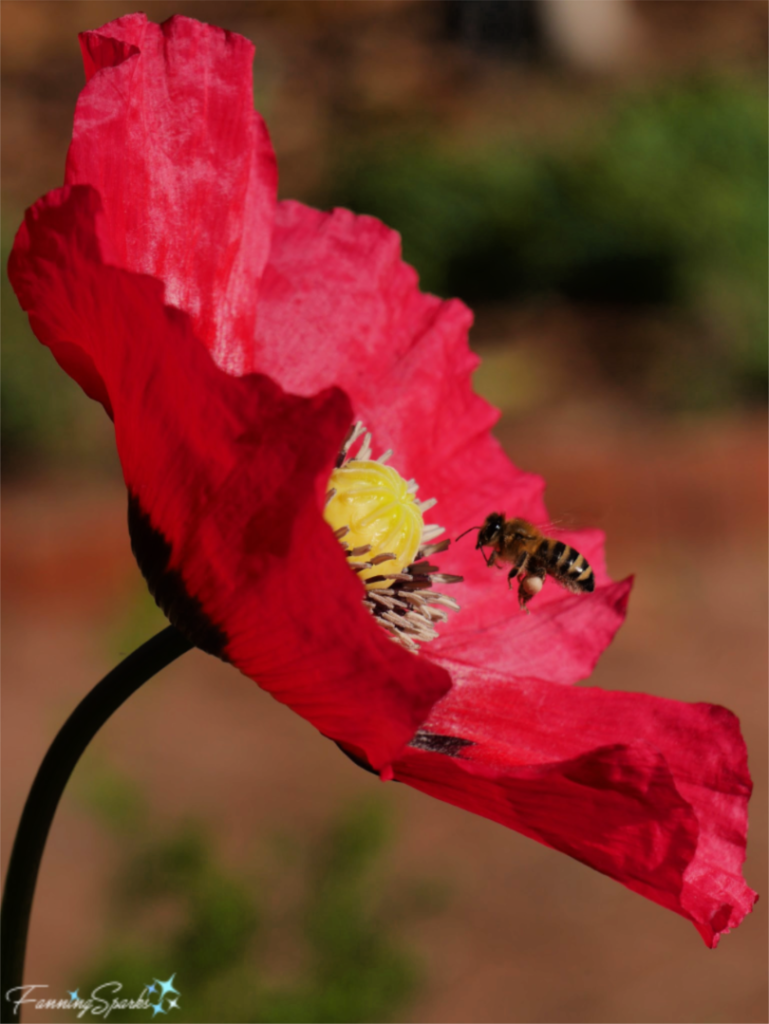
Timing was everything in this shot over Lake Oconee, Georgia. The gentle light of daybreak, the soft reflection on the water’s surface and the pastel colors of the imminent sunrise all combine to make an extraordinary moment in time.

Here’s another shot where timing played a critical role. The heavy morning fog shrouds the lighthouse, bringing it in and out of focus, while the ocean waves crash on the rocky shore. This is the Felgueiras Lighthouse near Porto, Portugal. See my post, Following the Yellow Arrows, for more photos from Portugal’s beautiful coastline.
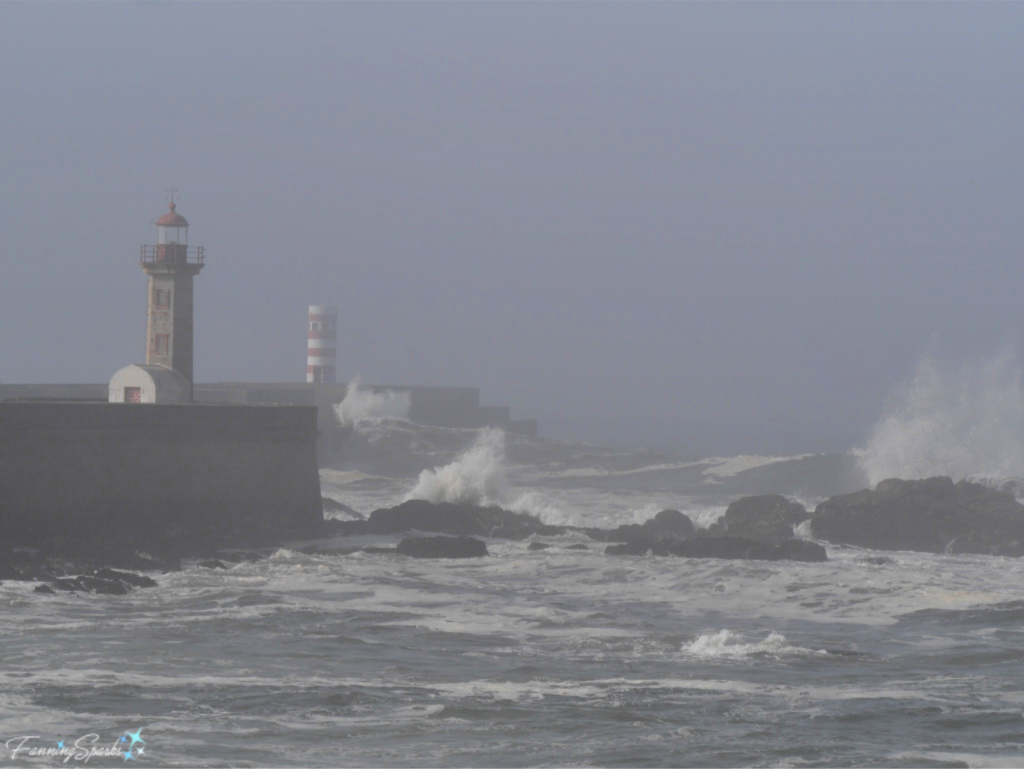
Speaking of timing, catching this pair of male Wild Turkeys took some quick action. While trying to find an art gallery near Asheville, North Carolina, I took the wrong turn and found myself driving through a small rural community. Suddenly a flock of wild turkeys came out of the woods and crossed the road in front of me. Luckily there was no traffic and I was able to focus my attention on this magnificent sight. I still can’t believe how the toms posed so perfectly giving this shot the ultimate repetition.
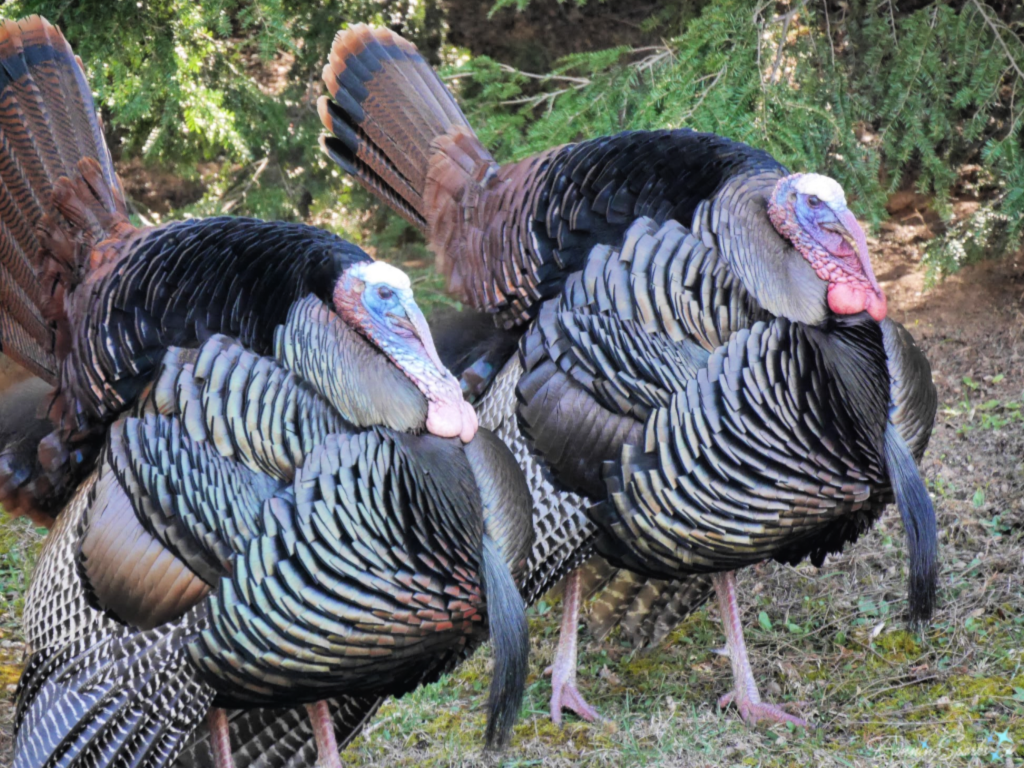
Birds seem to be a recurring theme. This gorgeous Mute Swan was busy preening in the Pena Gardens in Sintra, Portugal. The graceful line of its neck, highlighted by its sunlit back, was just spectacular. I chose this photo for the pleasing lines, the unusual lighting and the dramatic contrast.
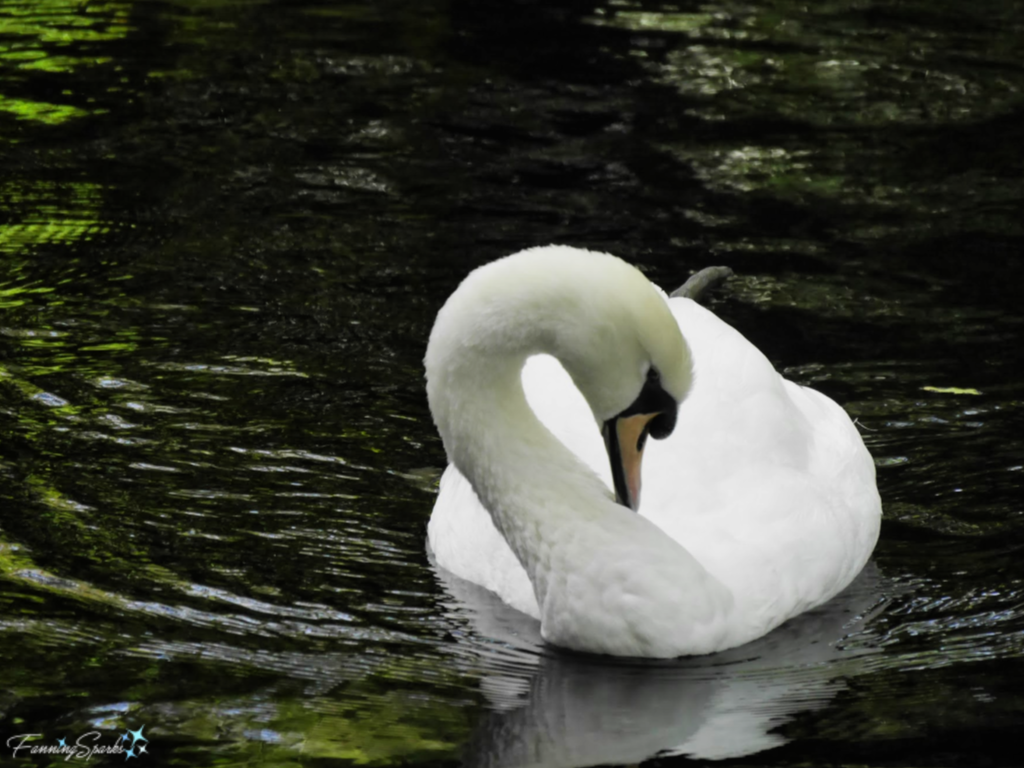
This Brown Pelican, on the other hand, captured my attention with its unlikely balance and open bill. What it lacks in grace, it more than makes up for with personality. This pelican was spotted near Pensacola Beach in Florida. I selected this photo for its simple composition and humorous subject matter.
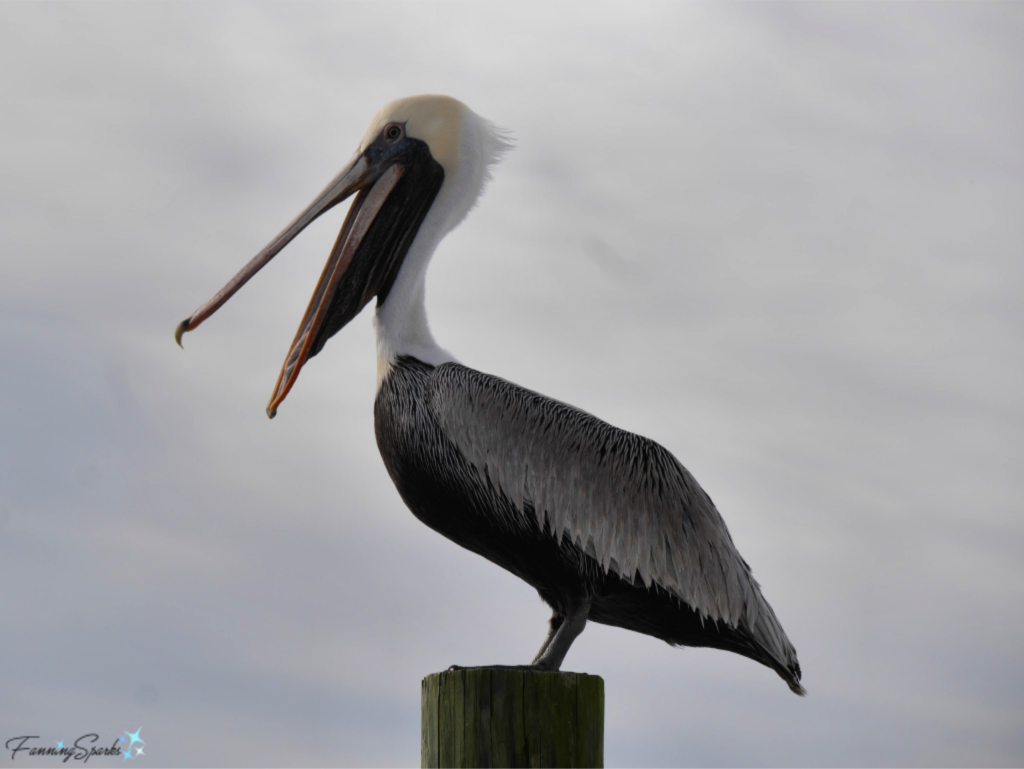
This Great Horned Owl was a regular visitor in our backyard this past July. It was extremely difficult to photograph but I managed to get this shot just before nightfall. Judging by the way the owl is looking directly at the camera, it’s obvious it saw me too. I chose this photo for the strong focal point provided by the the owl’s penetrating stare.
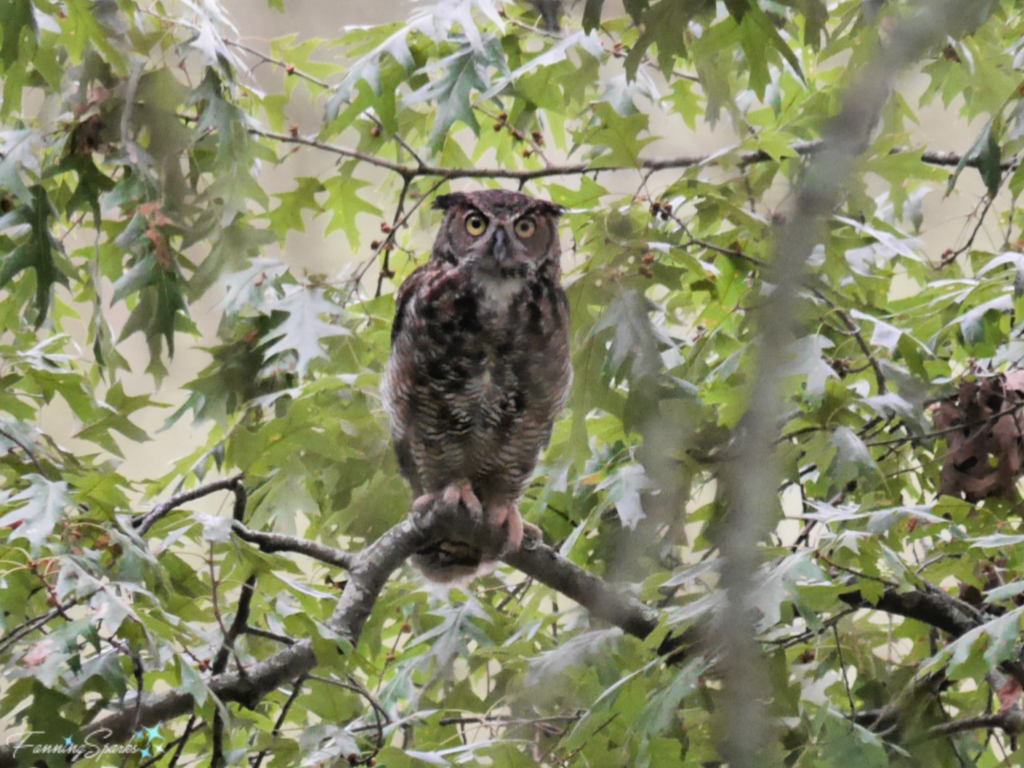
This next photo is a great example of appealing lines and patterns. The photo is rich with texture—it’s easy for the viewer to imagine how it feels. These gorgeous driftwood details were spotted at Boneyard Beach near Amelia Island, Florida.

Here’s another example of strong lines. The rather unusual placement of the Cinnamon Fern frond adds interest while the repetition of the pinna and pinnules creates a pleasing pattern. See my post, Southern Ladies, Christmas Stockings and Hairy Armpits, if you’d like to learn more about the fascinating world of ferns.
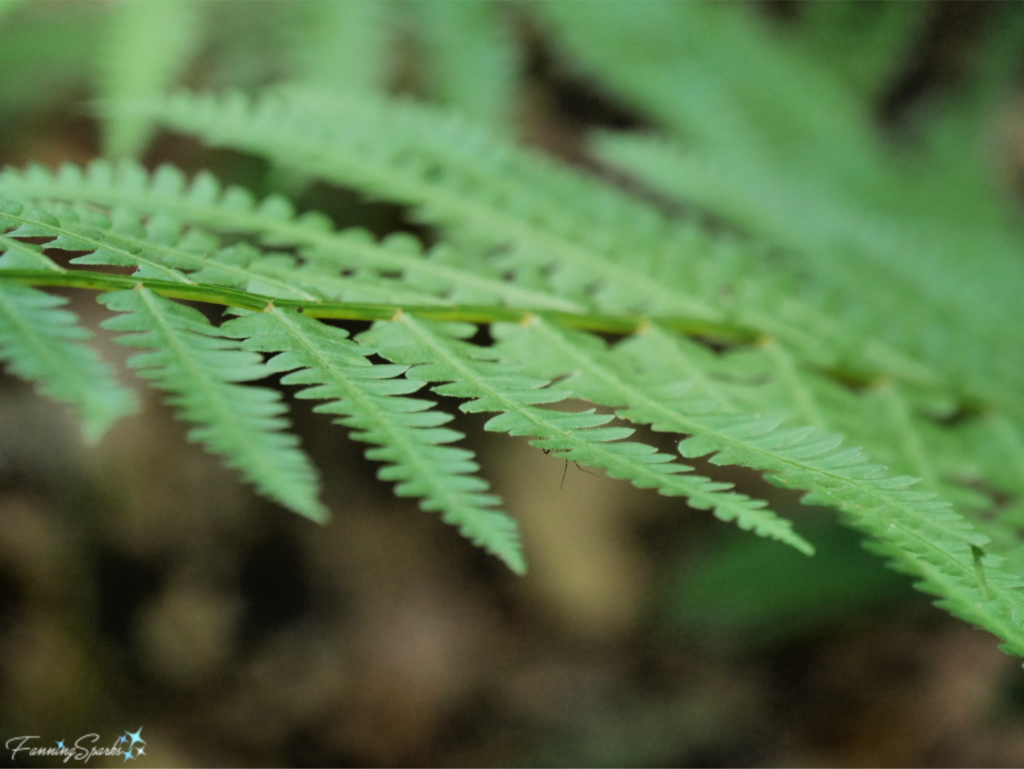
Another popular technique is to use lines to lead the viewer into a photo. Here the leading lines of the forest path invite the viewer to look towards the trees in the distance. This photo, taken in the springtime in Innisfree Gardens in New York state, is a medley of soft greens and browns. I chose this photo for the leading lines and the soothing colors.

Color plays a big role in this photo with the soft pink of the roses contrasting nicely with the green background. But it’s the repetition of the petals and the various flowering stages, from unopened bud to spent bloom, that creates a pleasing unity and interesting contrast. These roses were spotted at Retiro Park in Madrid.
 Here’s another example of repetition and contrast. The angular window frame and the square tiles provide a nice contrast to the curvy wrought iron and flowers on the tiles. While the contrast of the aging and damaged tiles adds interest and pop. I chose this photo for the strong lines and interesting contrasts. This photo was taken in Ovar, Portugal. You can see lots more Portuguese tiles in my post Talk About Tiles!
Here’s another example of repetition and contrast. The angular window frame and the square tiles provide a nice contrast to the curvy wrought iron and flowers on the tiles. While the contrast of the aging and damaged tiles adds interest and pop. I chose this photo for the strong lines and interesting contrasts. This photo was taken in Ovar, Portugal. You can see lots more Portuguese tiles in my post Talk About Tiles!
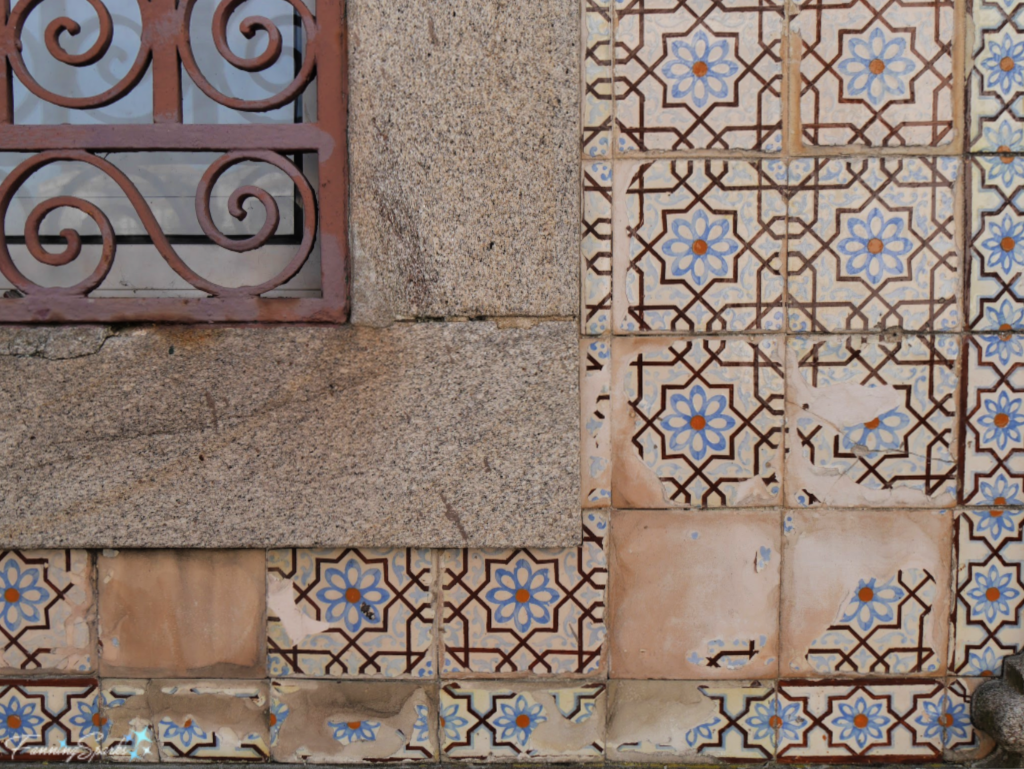
This wrought iron fence surrounds the Panteon de Hombres Ilustres in Madrid. I chose this photo for its composition. Three distinctive layers (fence in foreground, roof in mid-ground and cross in background) give the photo strong depth. The precise alignment of the elements results in a pleasing harmony. See my post, Lines and Patterns in Wrought Iron, for several examples of beautiful wrought iron from Portugal.
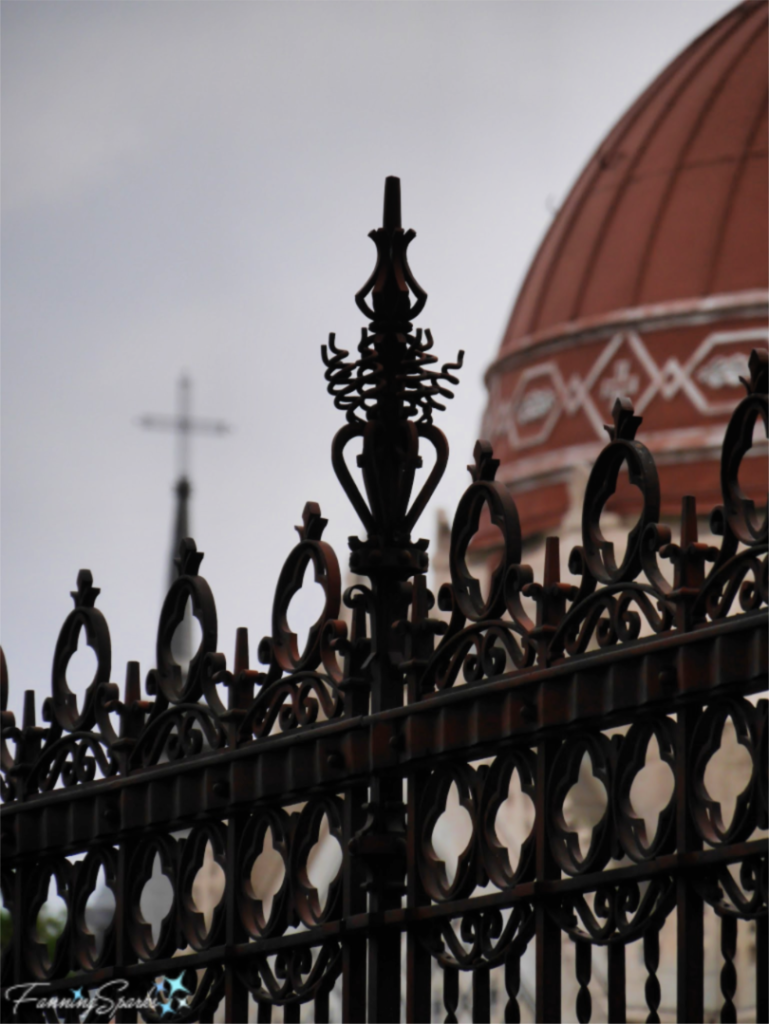
This next photo of the Forsyth Fountain in Savannah, Georgia is another example of timing. The early morning sunshine hits the spraying water at exactly the right angle. I chose this photo for its sense of movement and dramatic lighting.
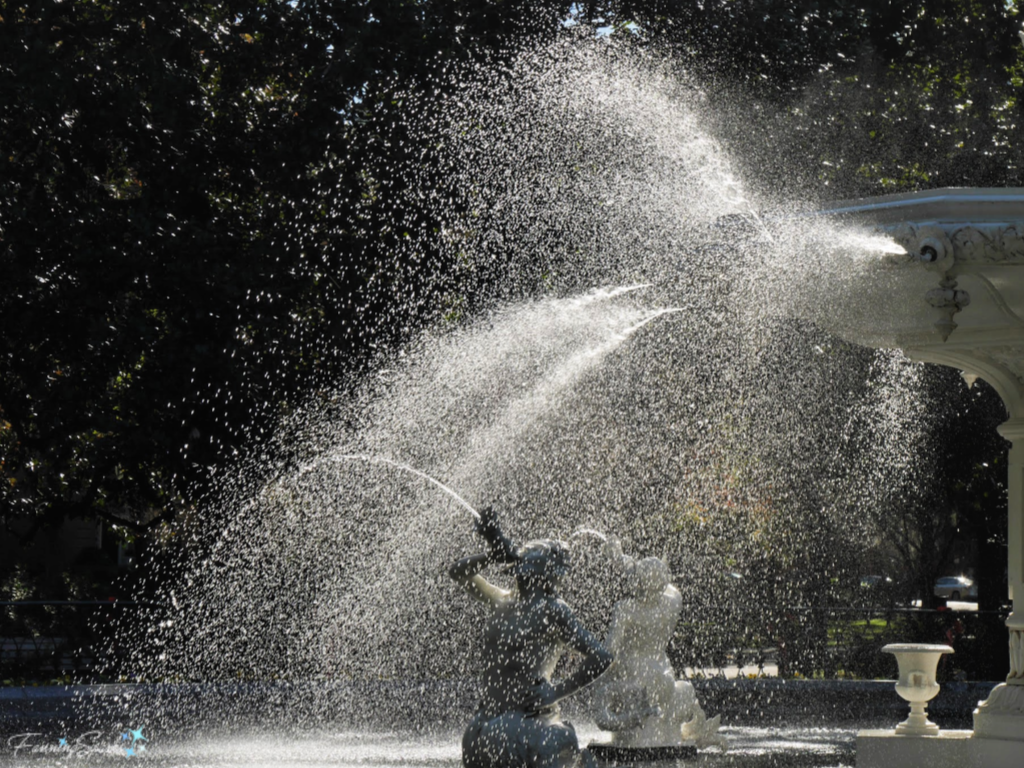
All of the photos I’ve shared thus far have been carefully composed but none are actually staged. Yet I stage a lot of photos for the blog to illustrate stories, demonstrate techniques and illustrate tutorials. These last two photos are examples of staged and styled photos. This next photo was created and composed for dramatic contrast. It was meant to surprise the viewer and invite them to take a closer look… “Hey, wait a minute, that button looks like a blueberry. Why is there a blueberry on that shirt cuff?” This wacky shot was part of the fun I had with a post called Blueberry Zaniness.
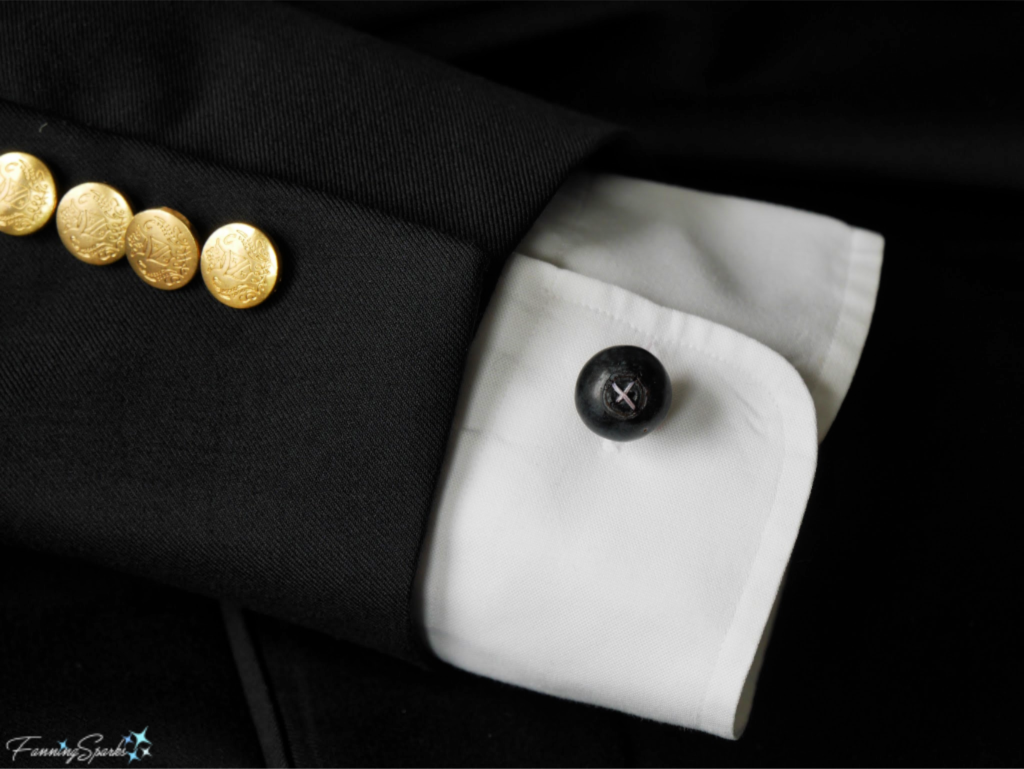
This last photo is one of my all-time favorites. It is a flat-plane carving created by Harley Refsal, a talented woodcarver I met at the John C Campbell Folk School. You can learn more in my post Flat-Plane Carving with Harley. This carving is a true work of art—it exemplifies the Scandinavian style of flat-plane carving. But what I love about this photo is the way the light hits his face and emphasizes the planes of the carving. The light and position showcase the expression on his face and bring him to life. I swear there’s a mischievous twinkle in his eyes! And that is pure magic!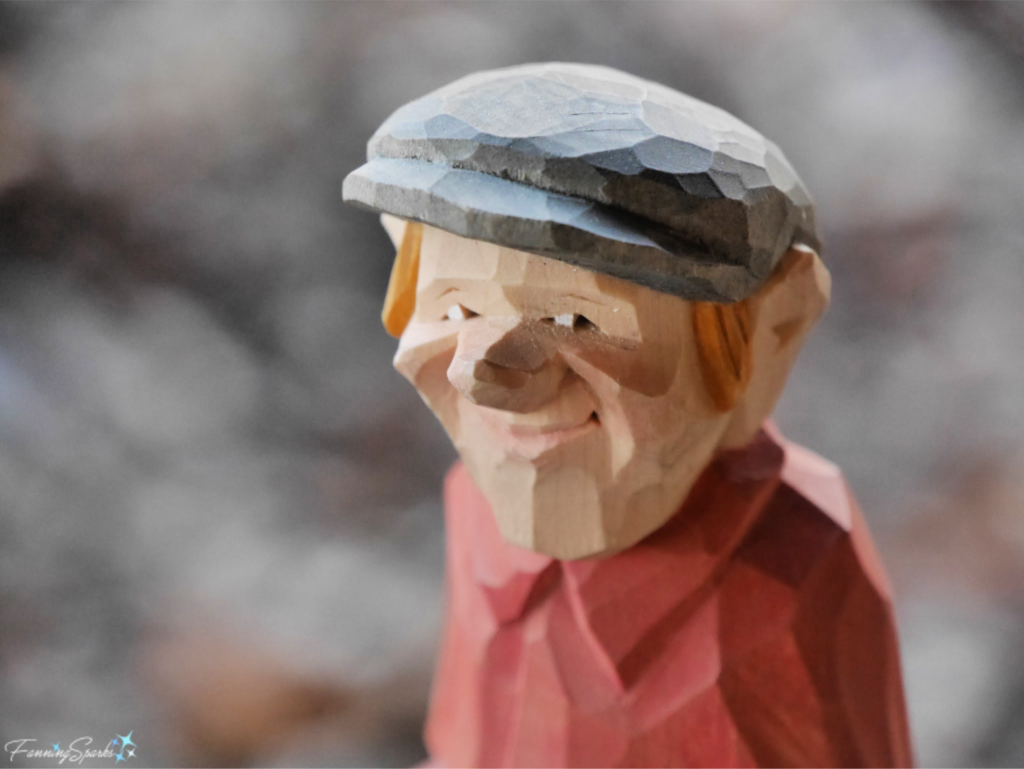
More Info
Here’s a summary list of the posts I mentioned above:
Following the Yellow Arrows
Southern Ladies, Christmas Stockings and Hairy Armpits
Talk About Tiles!
Lines and Patterns in Wrought Iron
Blueberry Zaniness
Flat-Plane Carving with Harley
Here are some of the 2019 photography contests I’ve been enjoying:
Bird Photographer of the Year
Comedy Wildlife Photography Awards
EyeEm Awards which includes 10 categories such as The Traveler, The Great Outdoors, The Foodie, The Portraitist, The Photojournalist
Fine Art Photography Awards
National Geographic Travel Photo Contest
National Wildlife Federation Photo Contest
Siena International Photo Awards
Sony World Photography Awards
Wildlife Photographer of the Year
Today’s Takeaways
1. Enjoy and learn from the work of award-winning photographers.
2. Consider trying different angles and viewpoints to enhance your own photos.
3. Think about how the elements of art and principles of design apply to photography.

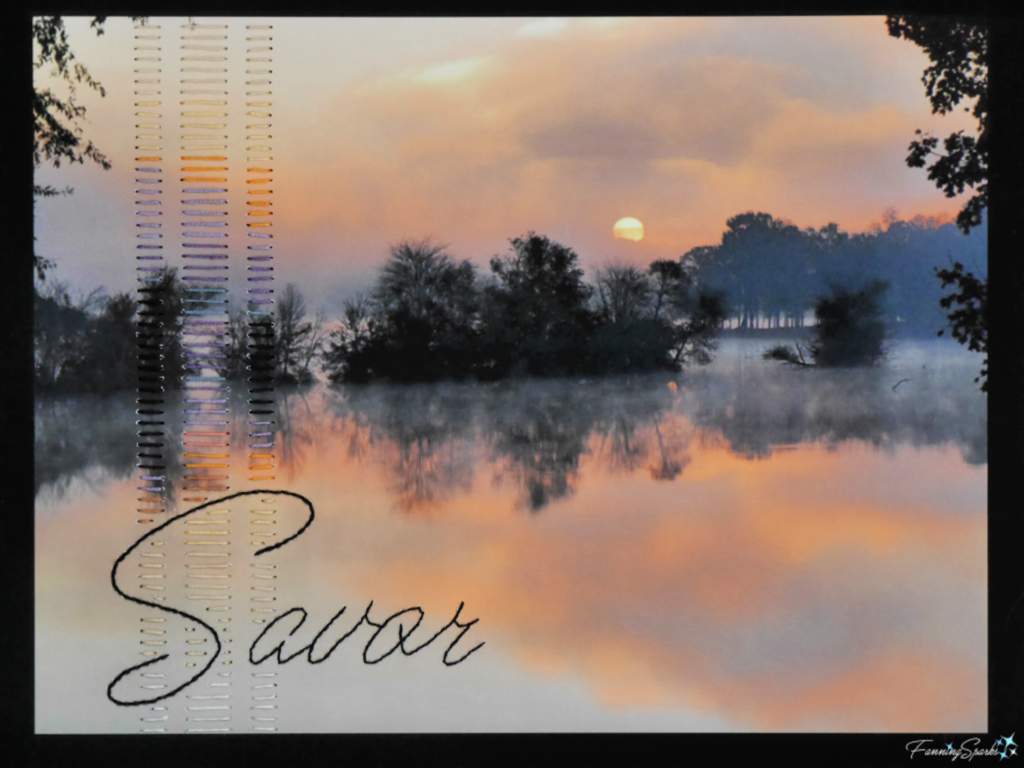
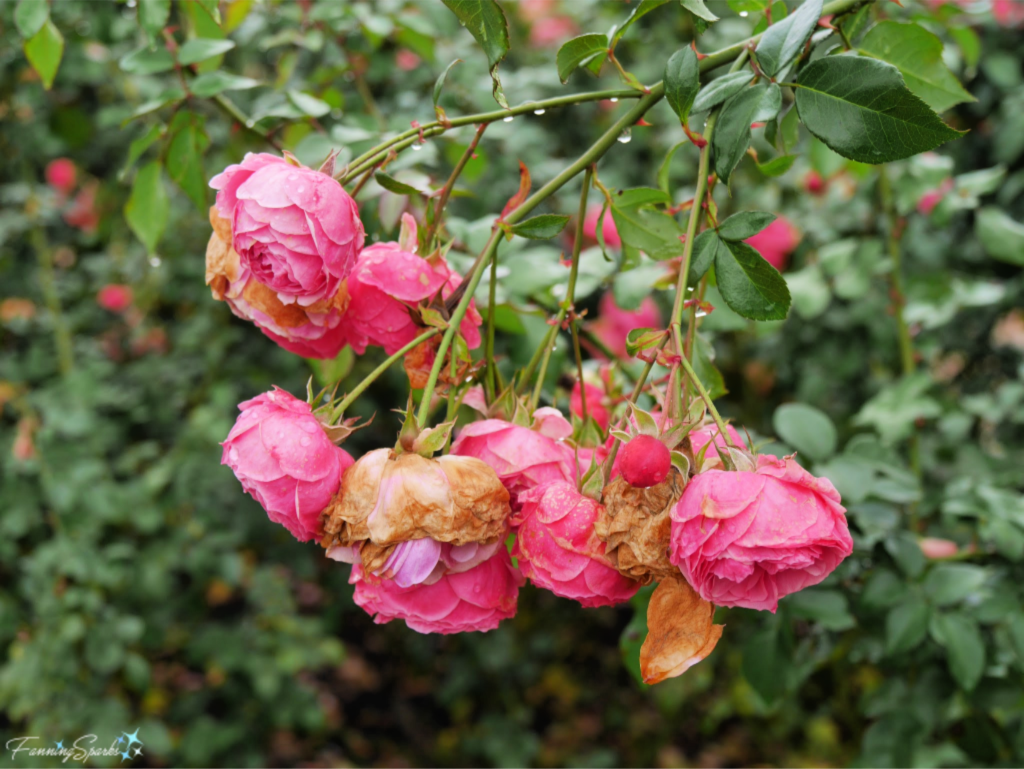

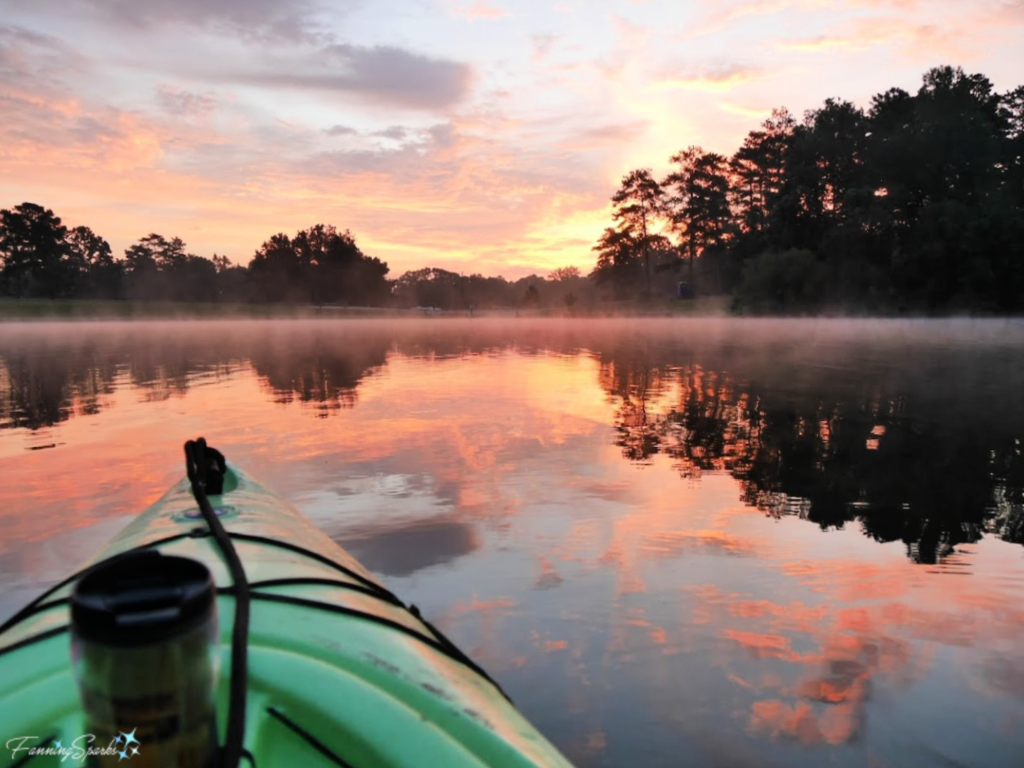
 Most people look forward to and savor the novelty of traveling and exploring new destinations. On a grander scale, having the once-in-a-lifetime experience to watch this magnificent leopard while on an African safari was definitely something I savored.
Most people look forward to and savor the novelty of traveling and exploring new destinations. On a grander scale, having the once-in-a-lifetime experience to watch this magnificent leopard while on an African safari was definitely something I savored.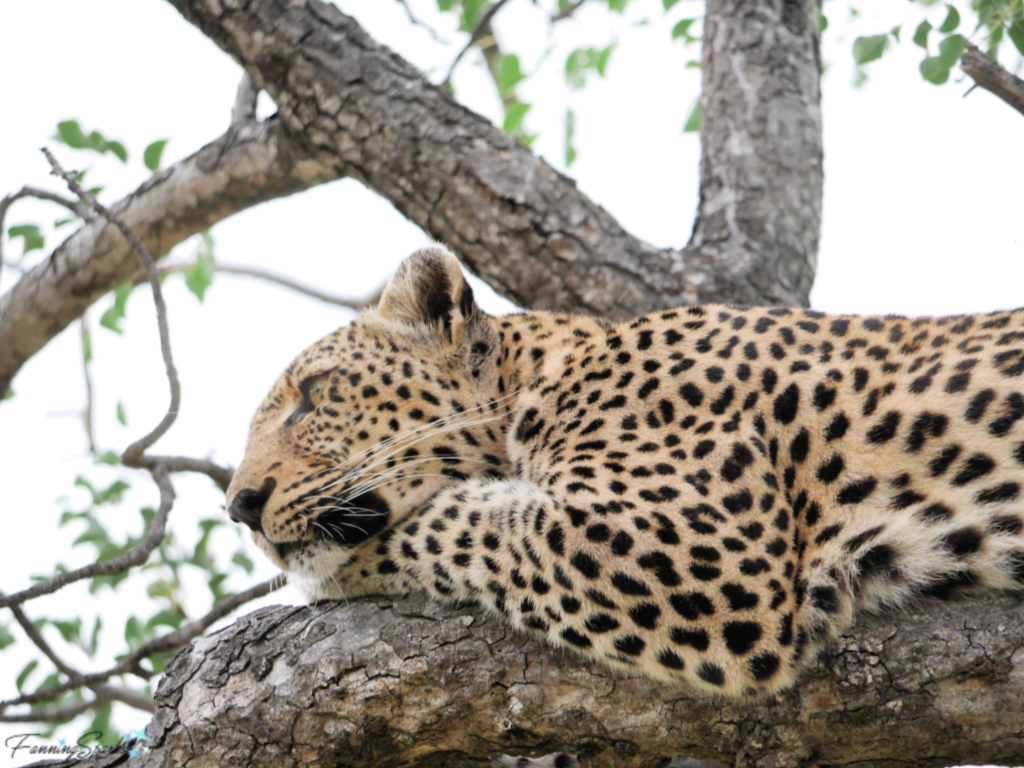


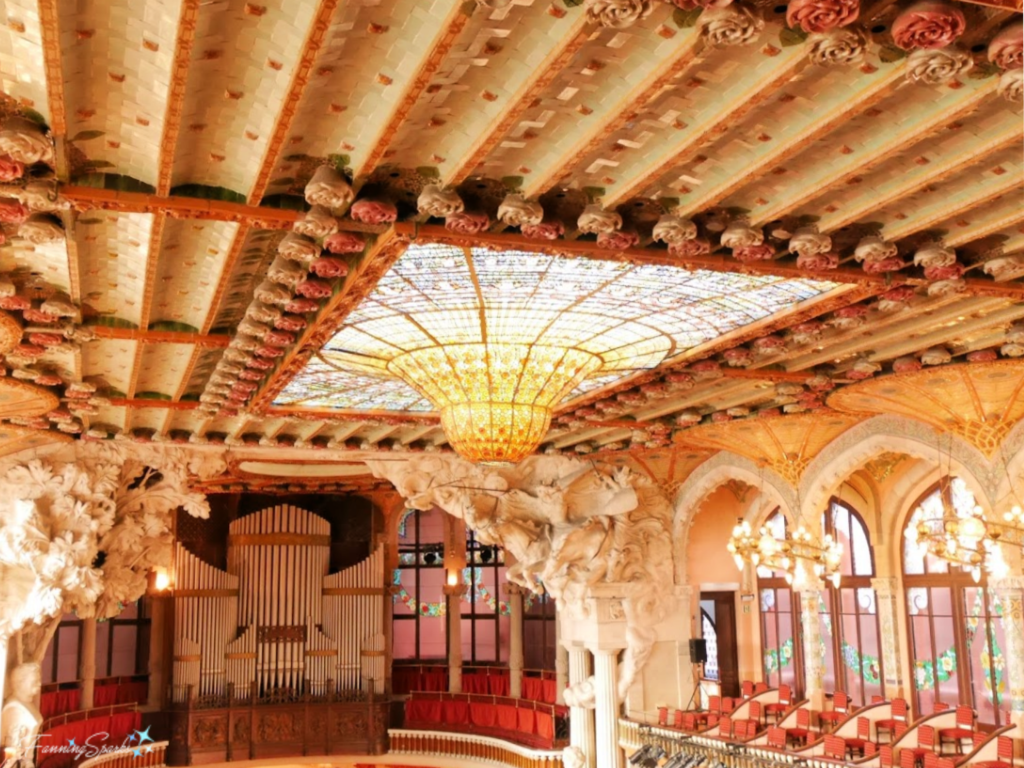
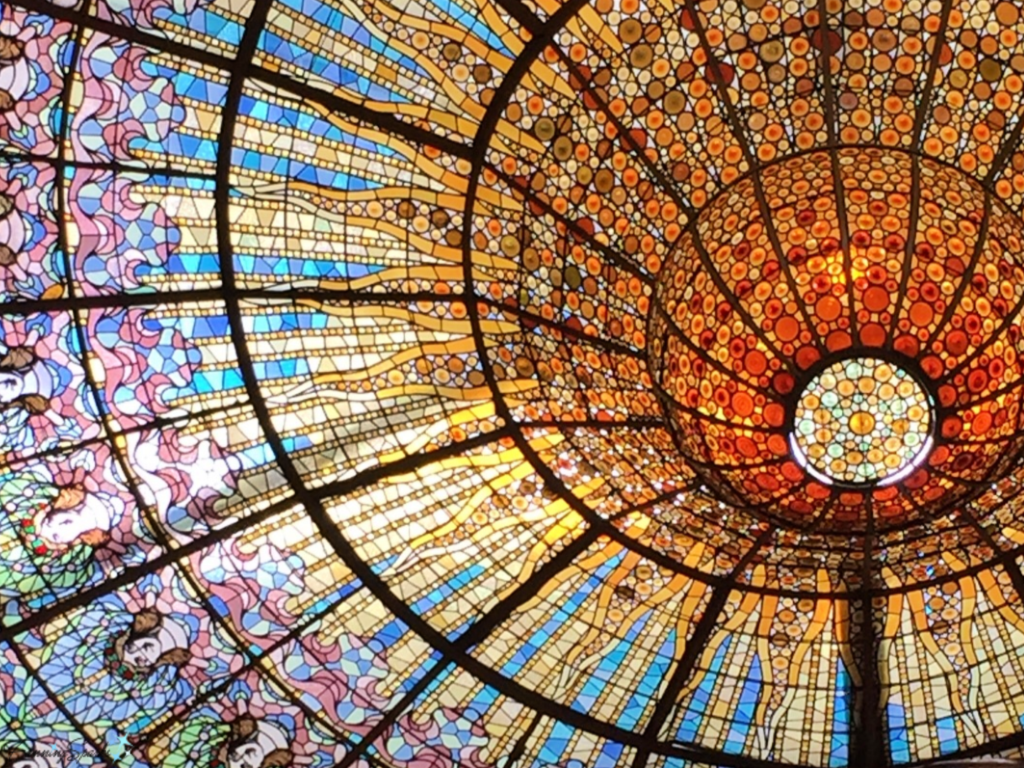
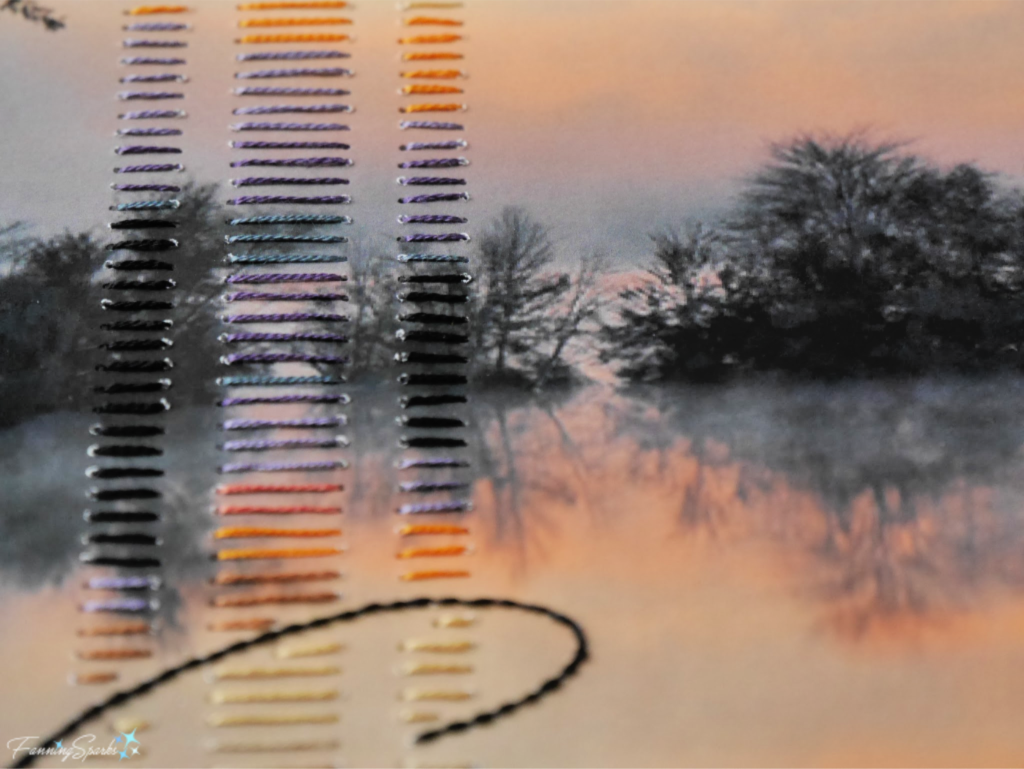
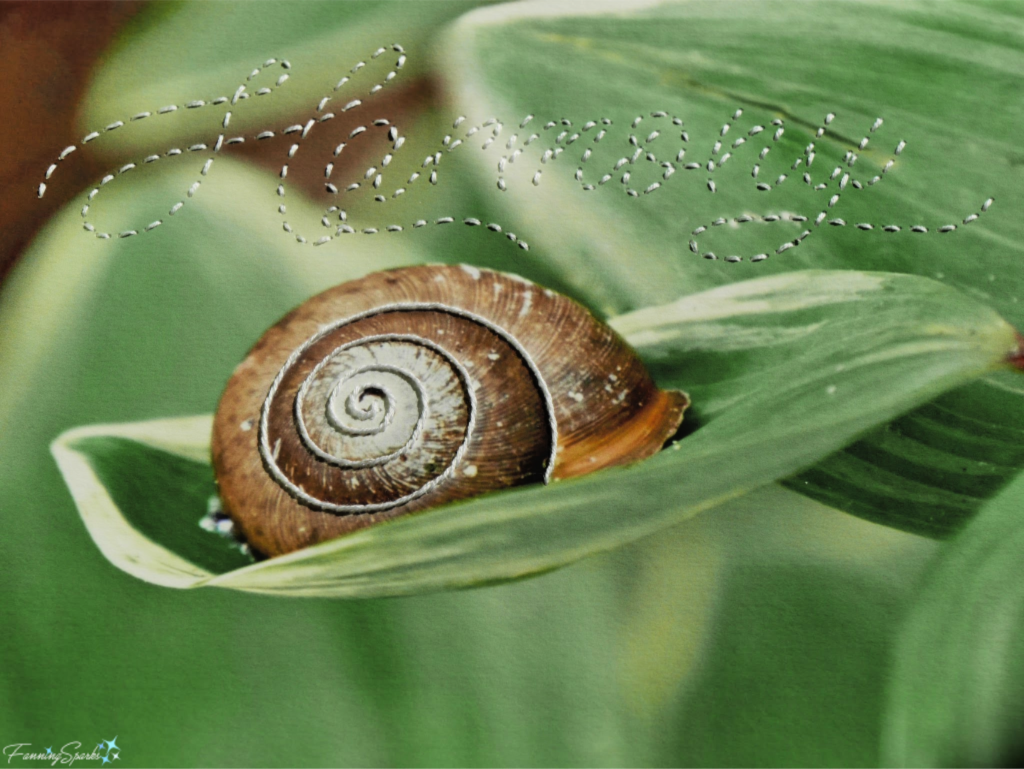


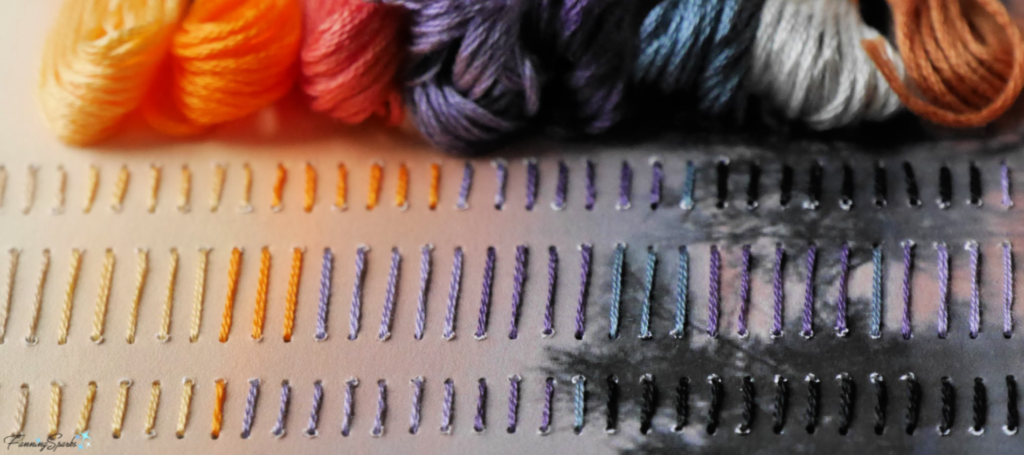
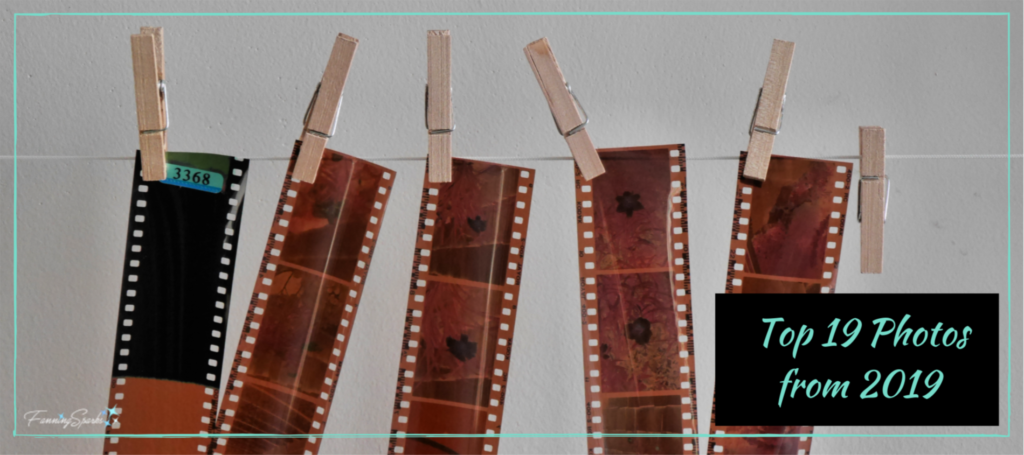
 Eventually the little ones were ready to leave the nest. The below wren chick is emerging for the first time. Watching the chicks learn to move around and fly for the first time was amazing. I selected these photos for their uniqueness and the story they tell.
Eventually the little ones were ready to leave the nest. The below wren chick is emerging for the first time. Watching the chicks learn to move around and fly for the first time was amazing. I selected these photos for their uniqueness and the story they tell. This foxglove was glowing in the morning sunshine at the Georgia State Botanical Garden in Athens, Georgia. I chose this shot for the dramatic lighting, the strong use of negative space and the striking contrast.
This foxglove was glowing in the morning sunshine at the Georgia State Botanical Garden in Athens, Georgia. I chose this shot for the dramatic lighting, the strong use of negative space and the striking contrast.










 Here’s another example of repetition and contrast. The angular window frame and the square tiles provide a nice contrast to the curvy wrought iron and flowers on the tiles. While the contrast of the aging and damaged tiles adds interest and pop. I chose this photo for the strong lines and interesting contrasts. This photo was taken in Ovar, Portugal. You can see lots more Portuguese tiles in my post
Here’s another example of repetition and contrast. The angular window frame and the square tiles provide a nice contrast to the curvy wrought iron and flowers on the tiles. While the contrast of the aging and damaged tiles adds interest and pop. I chose this photo for the strong lines and interesting contrasts. This photo was taken in Ovar, Portugal. You can see lots more Portuguese tiles in my post 






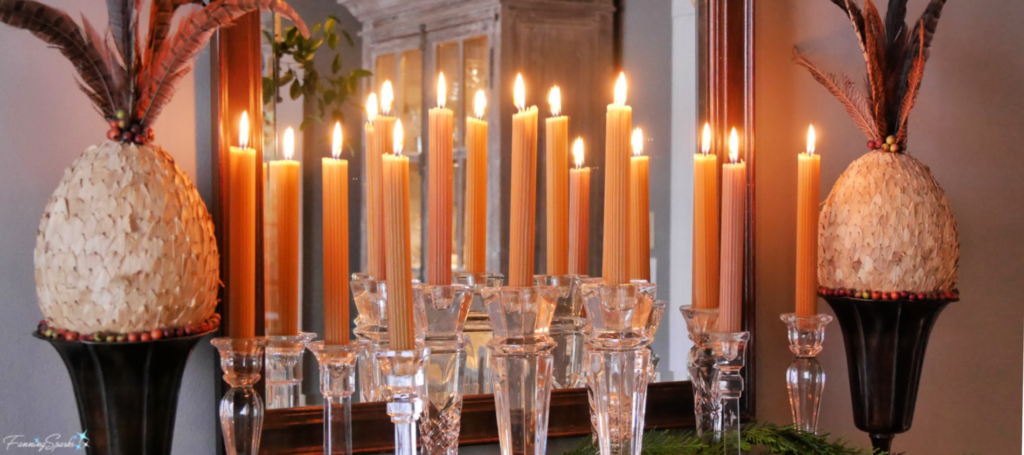
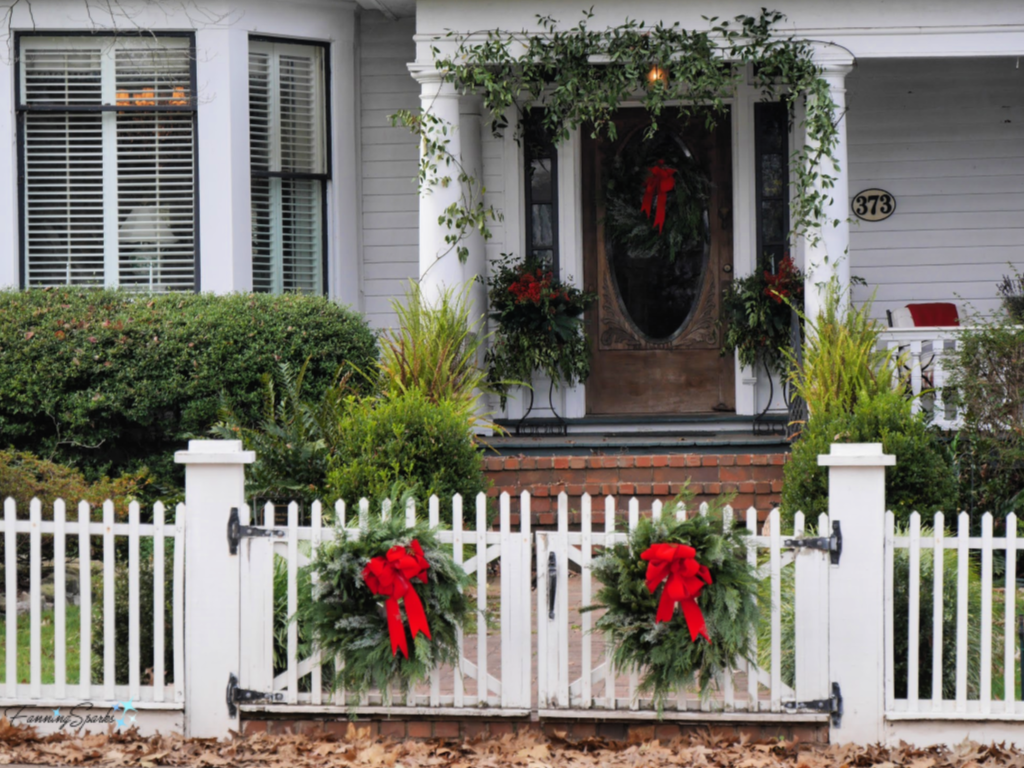
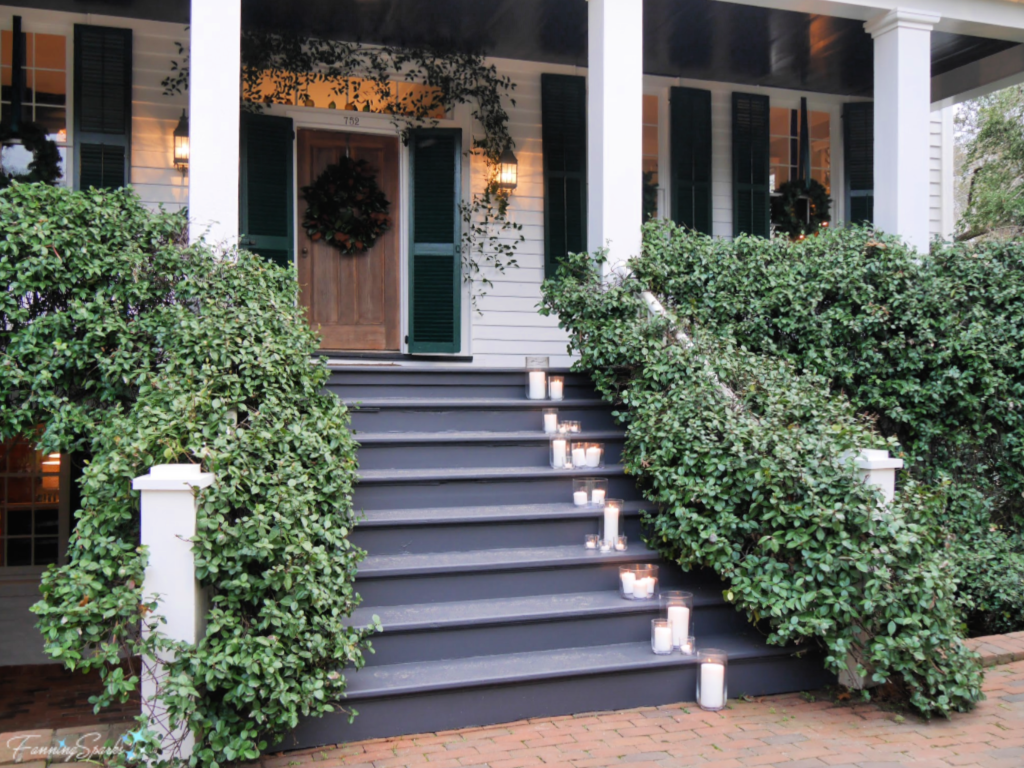
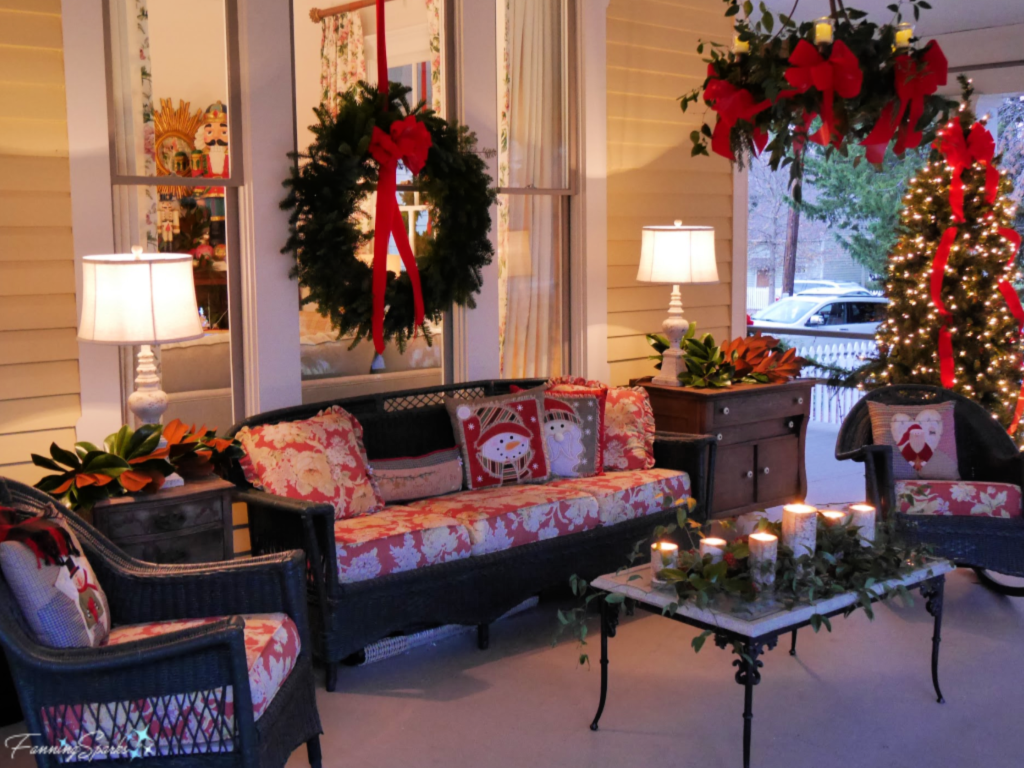

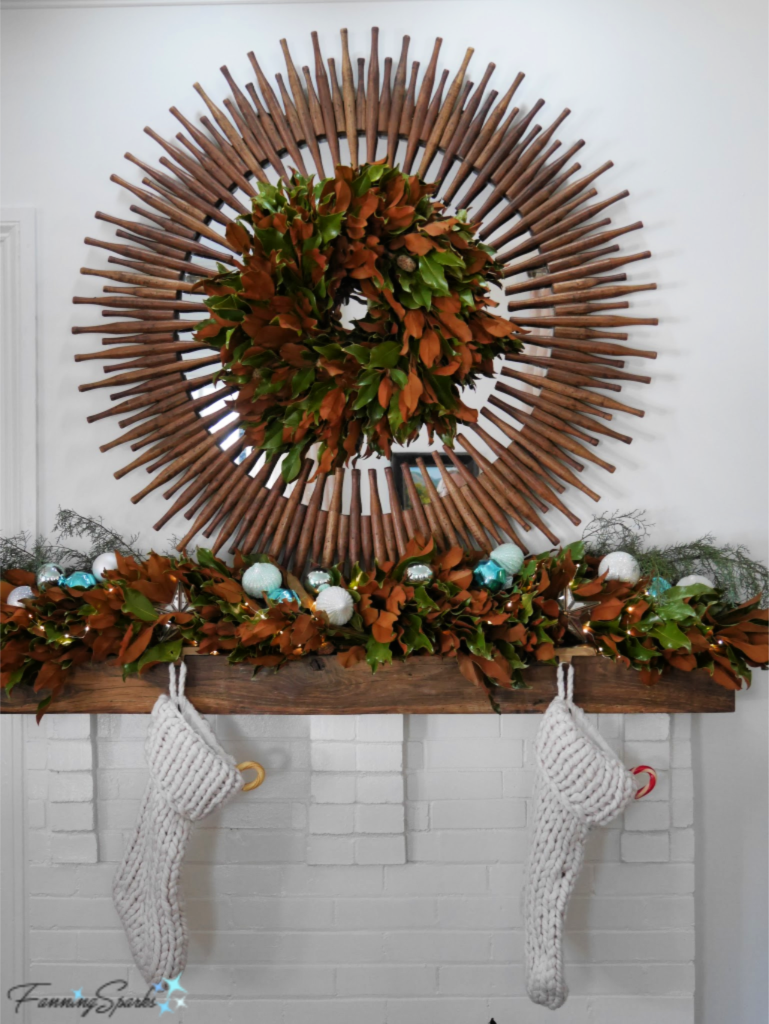
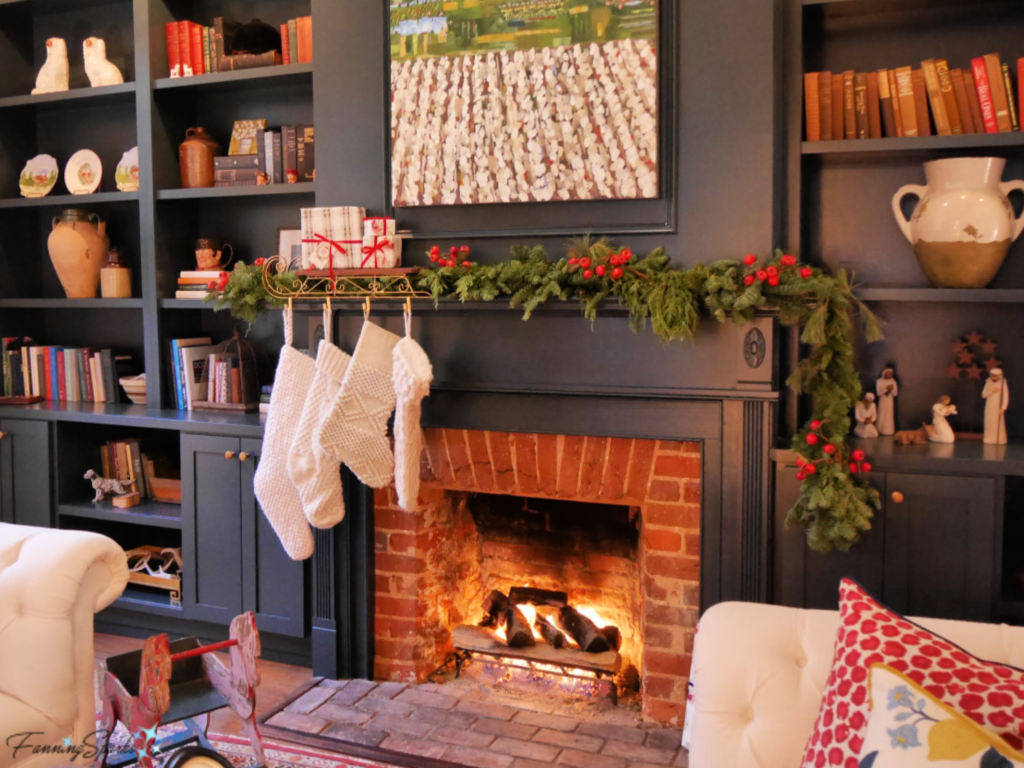
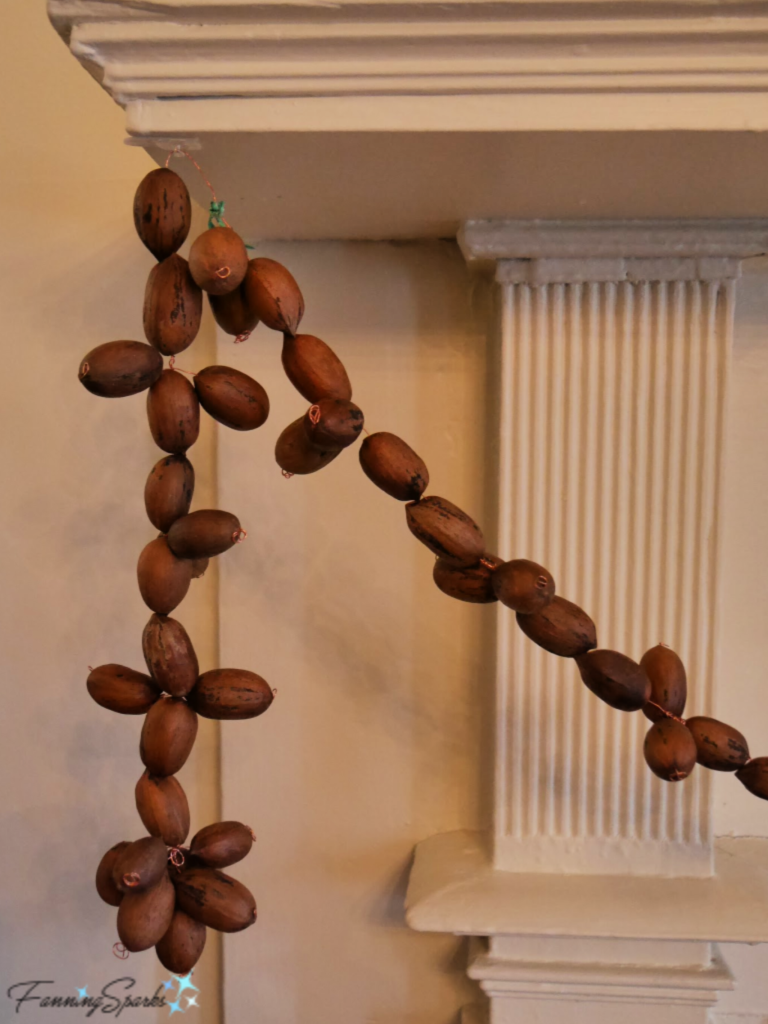
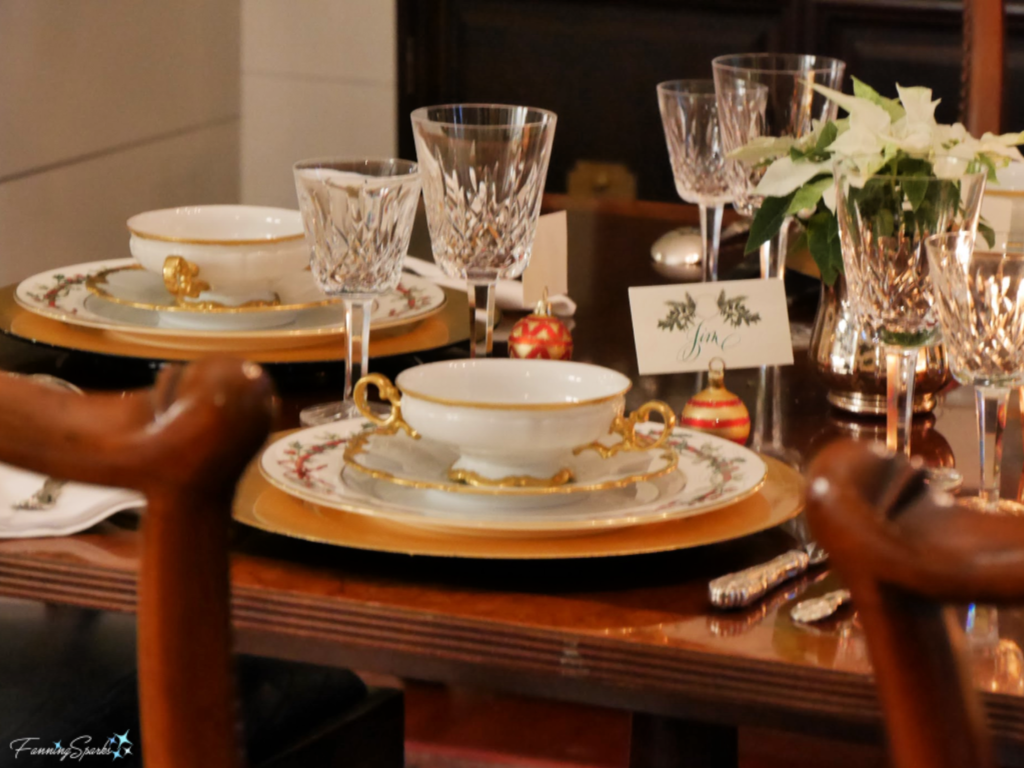

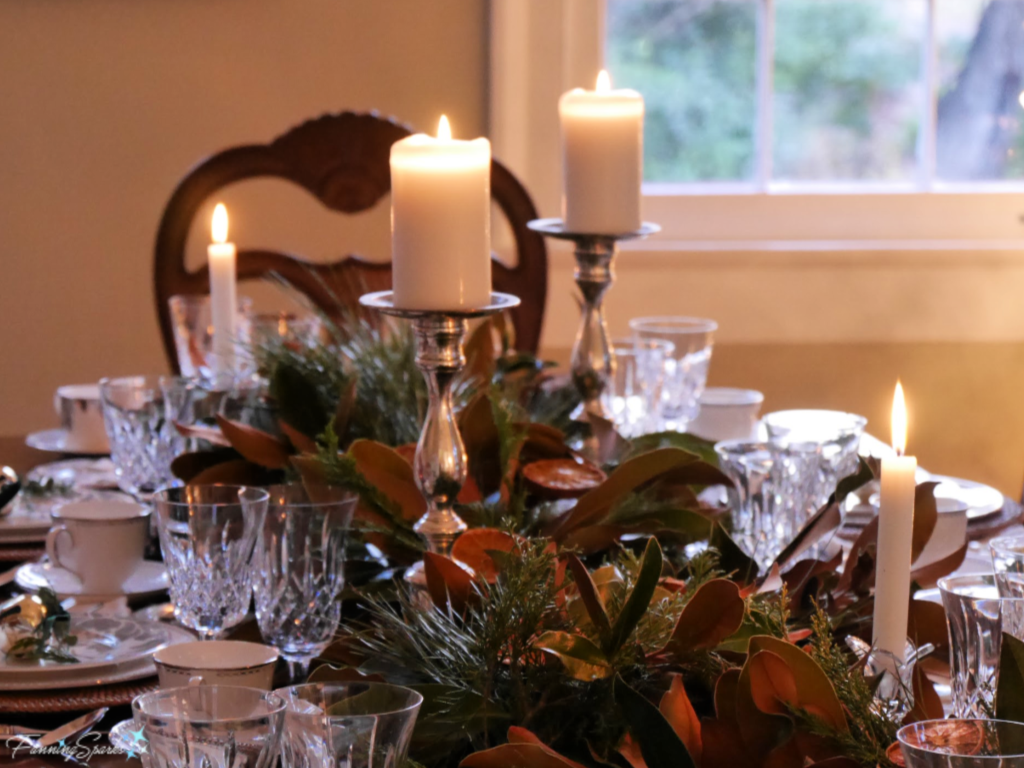
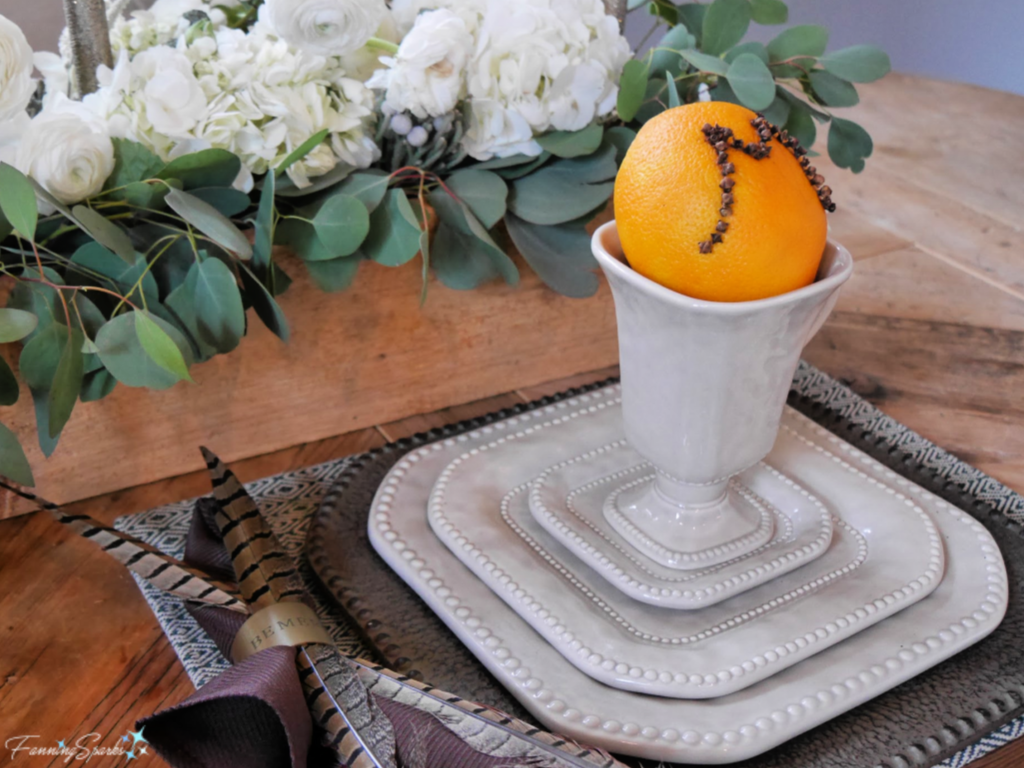
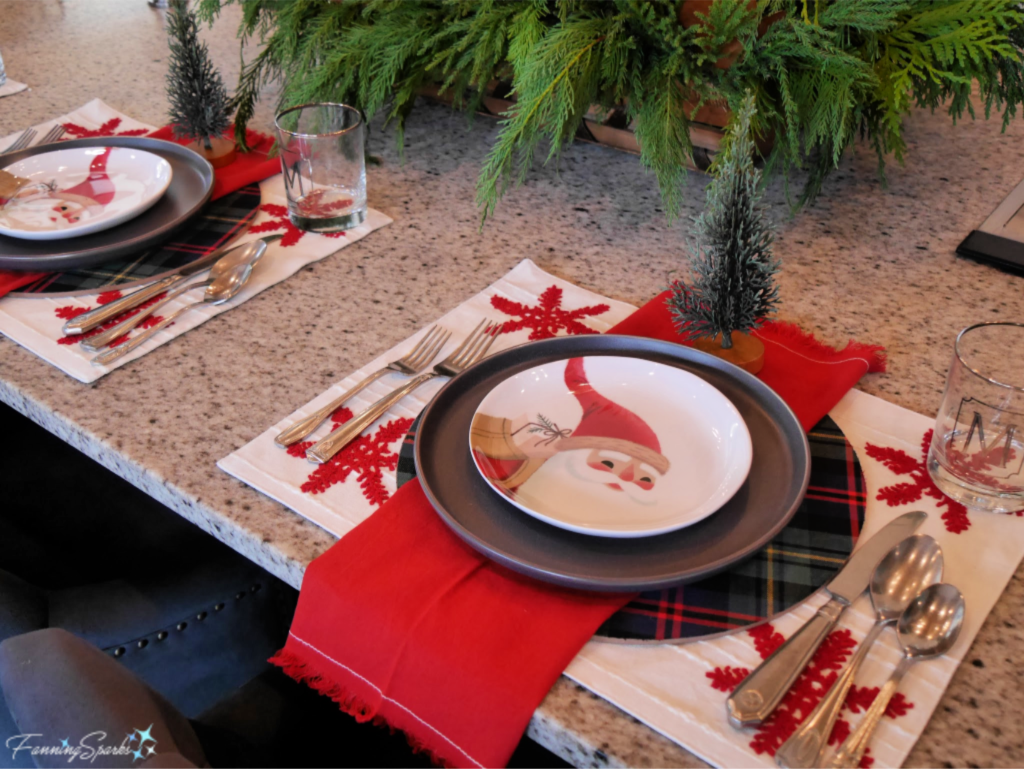

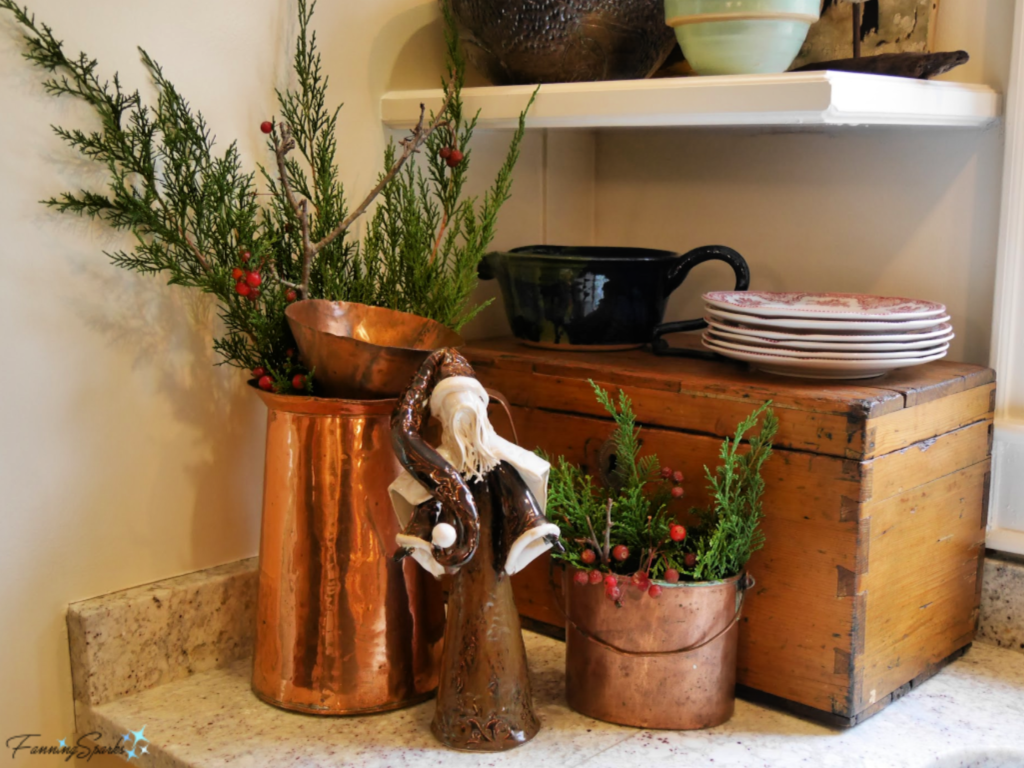
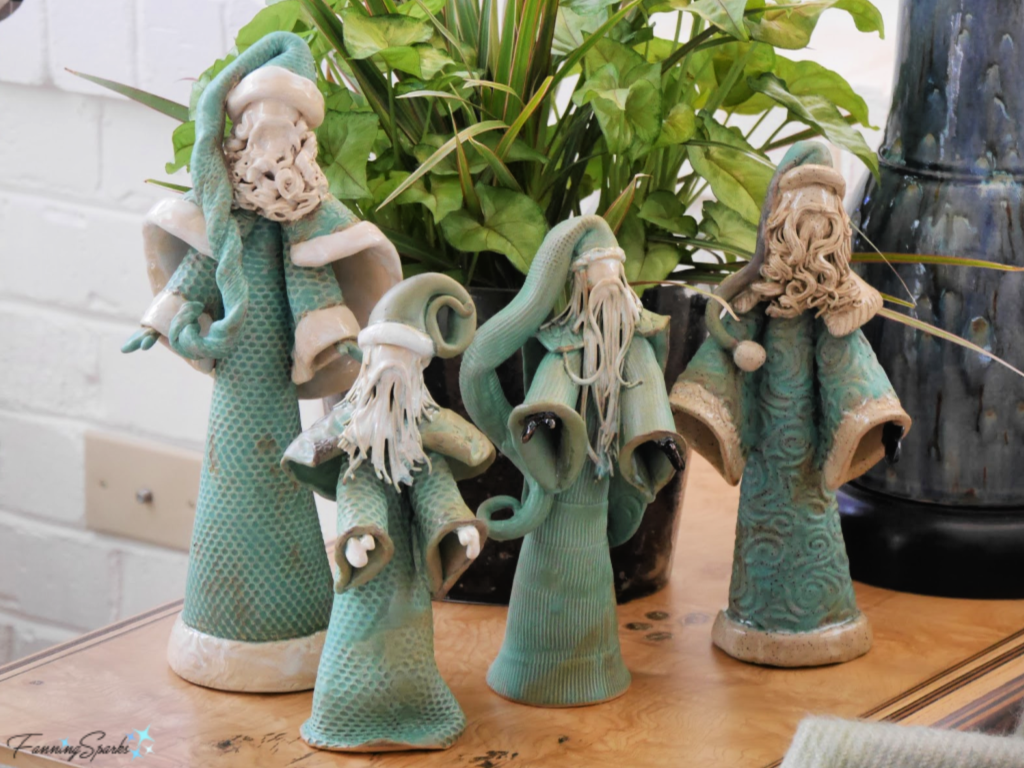
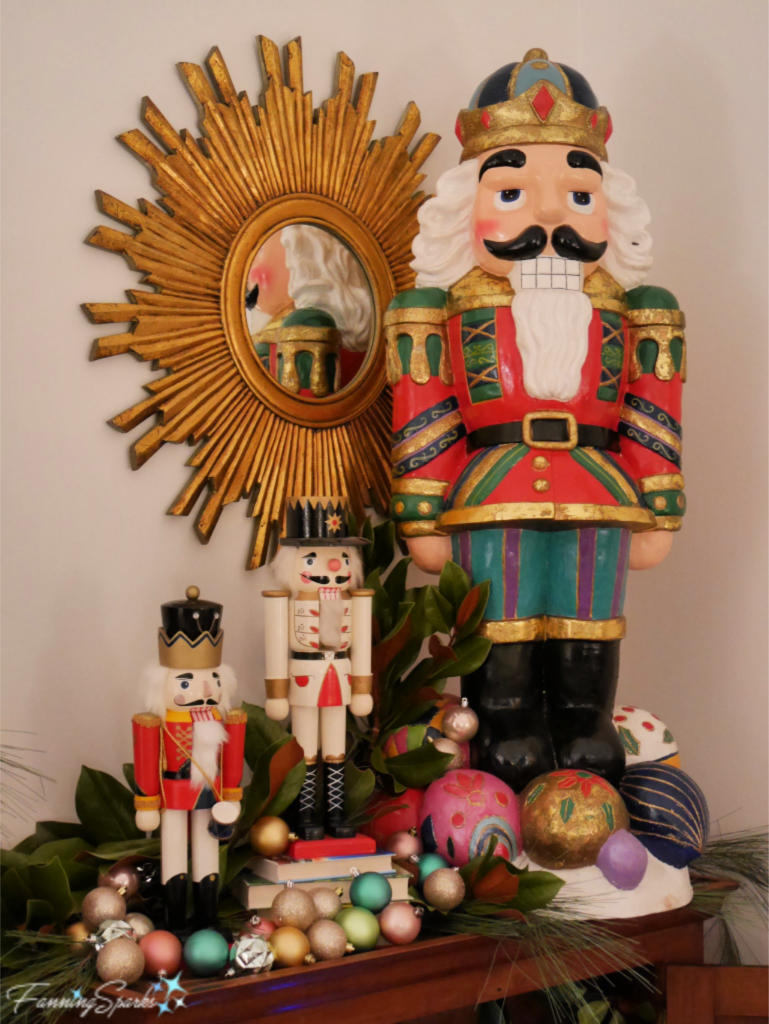
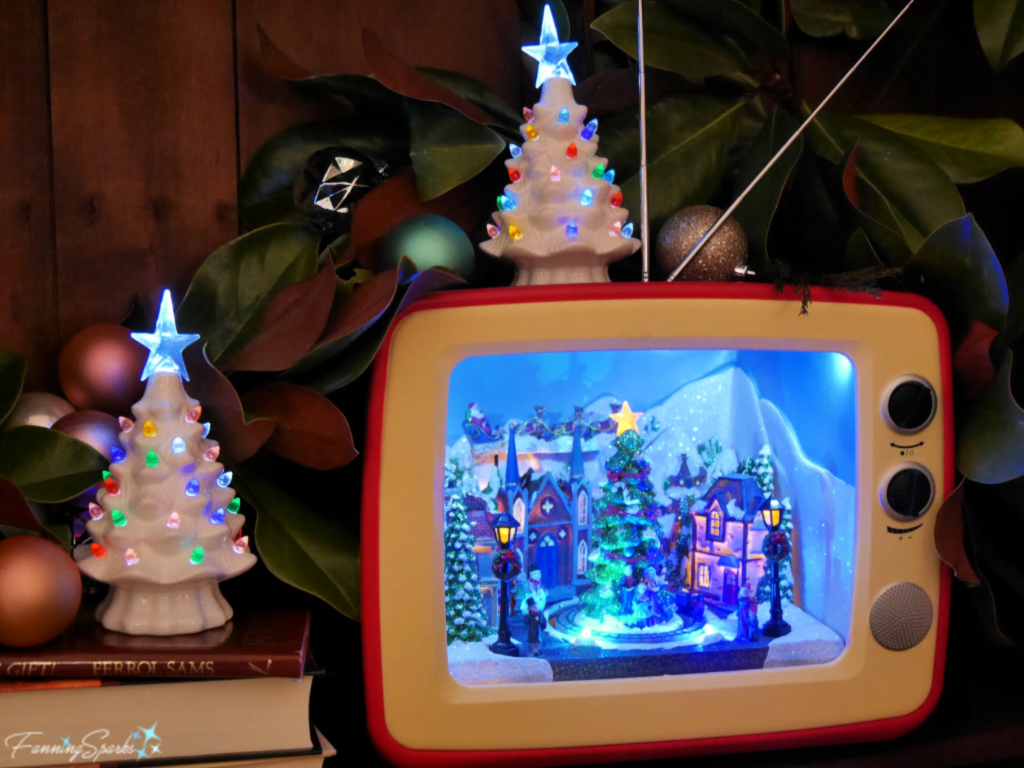
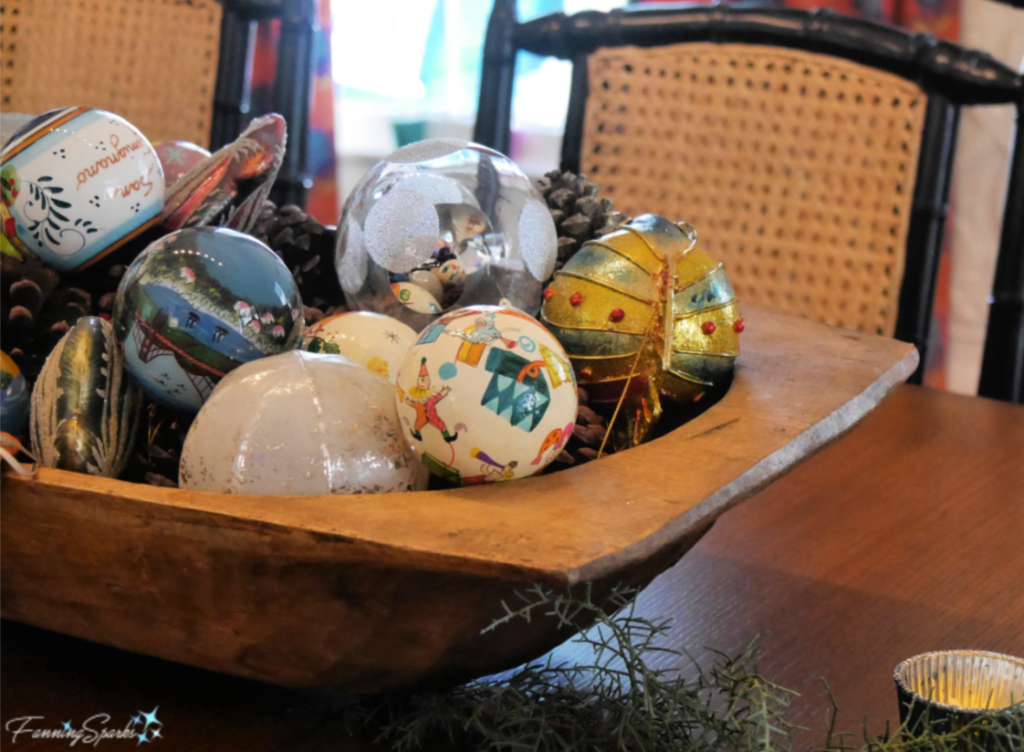
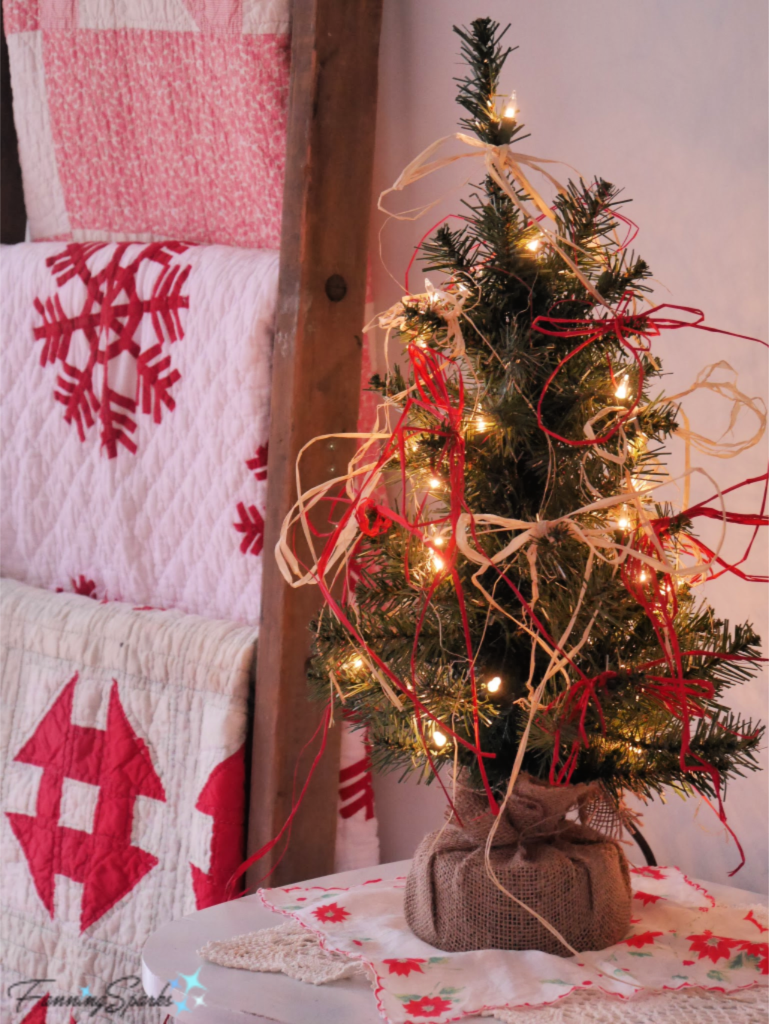

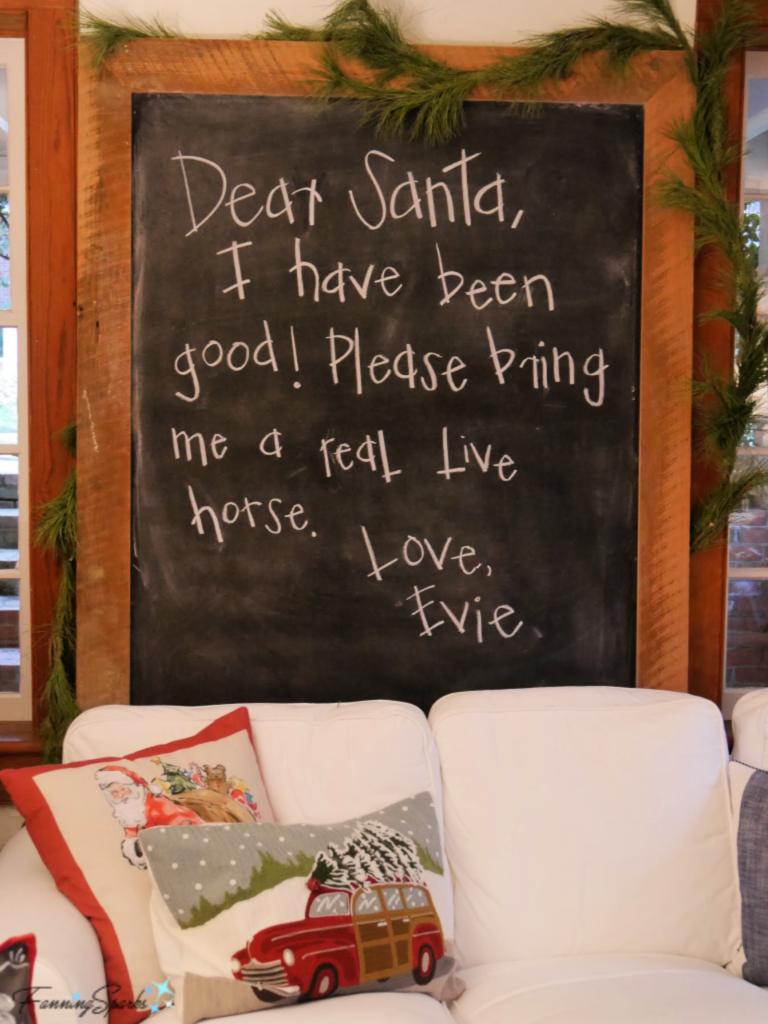
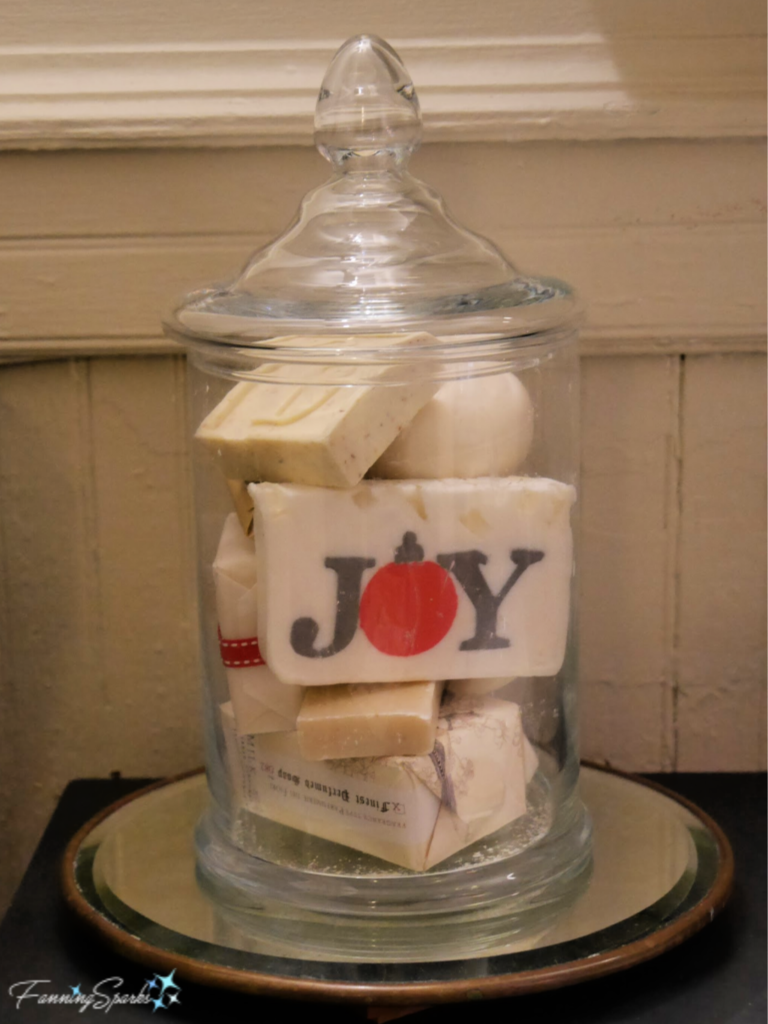
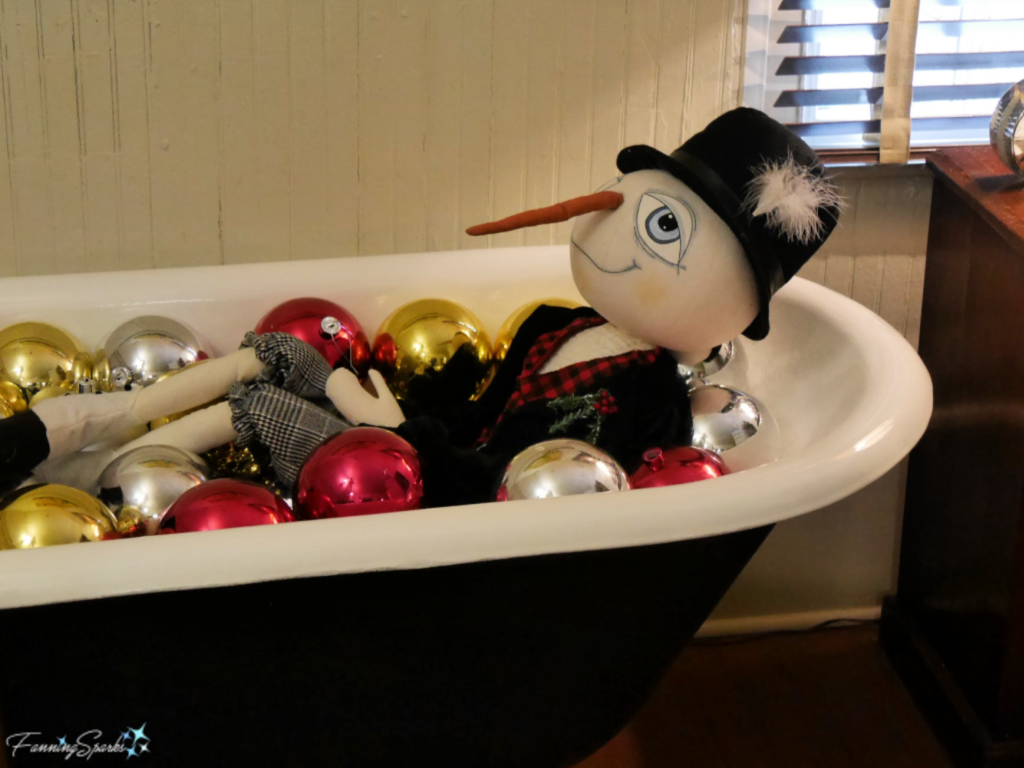
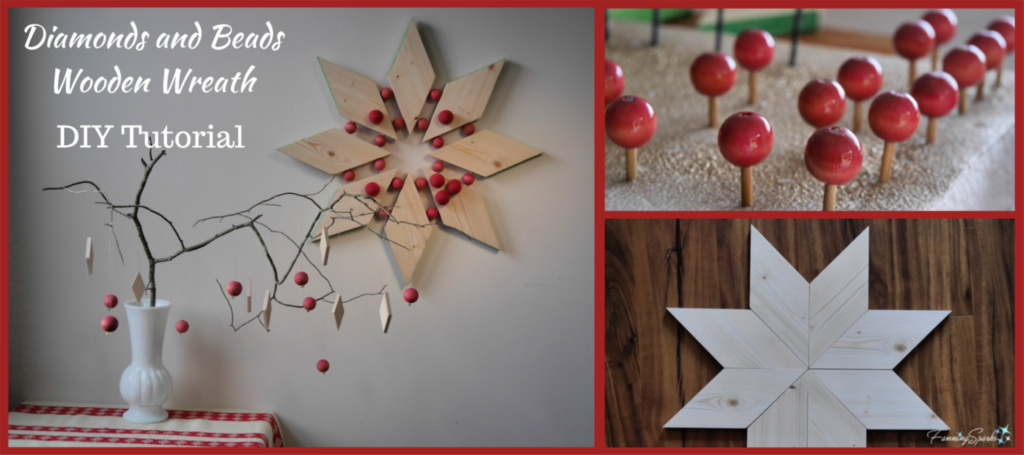
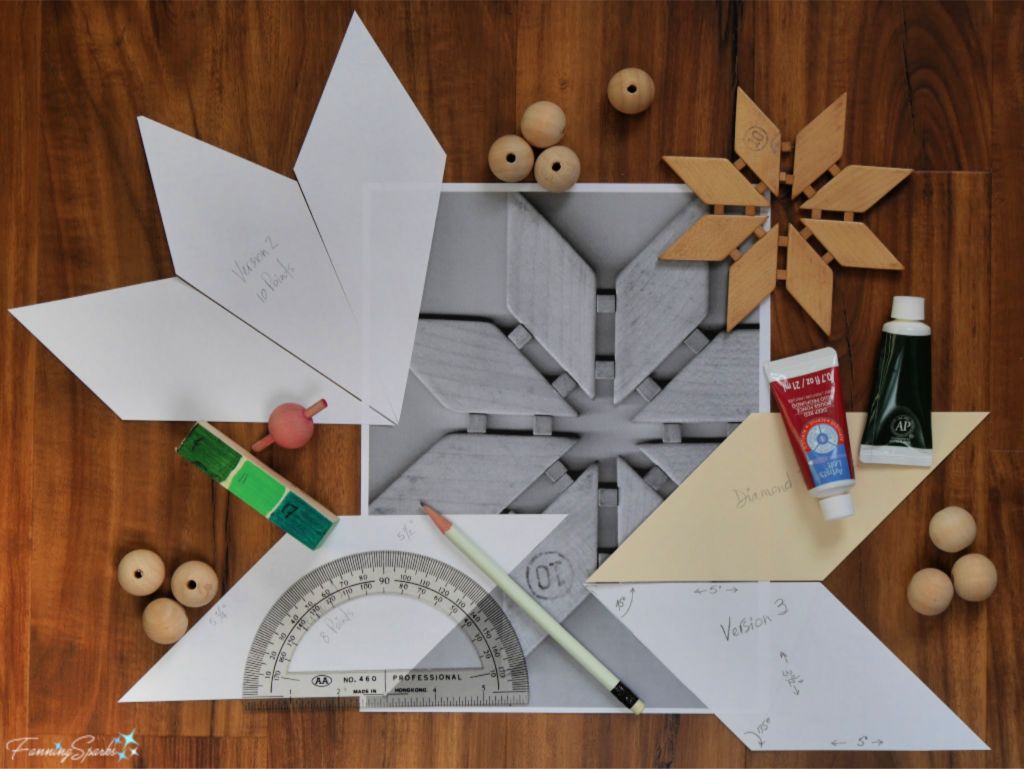
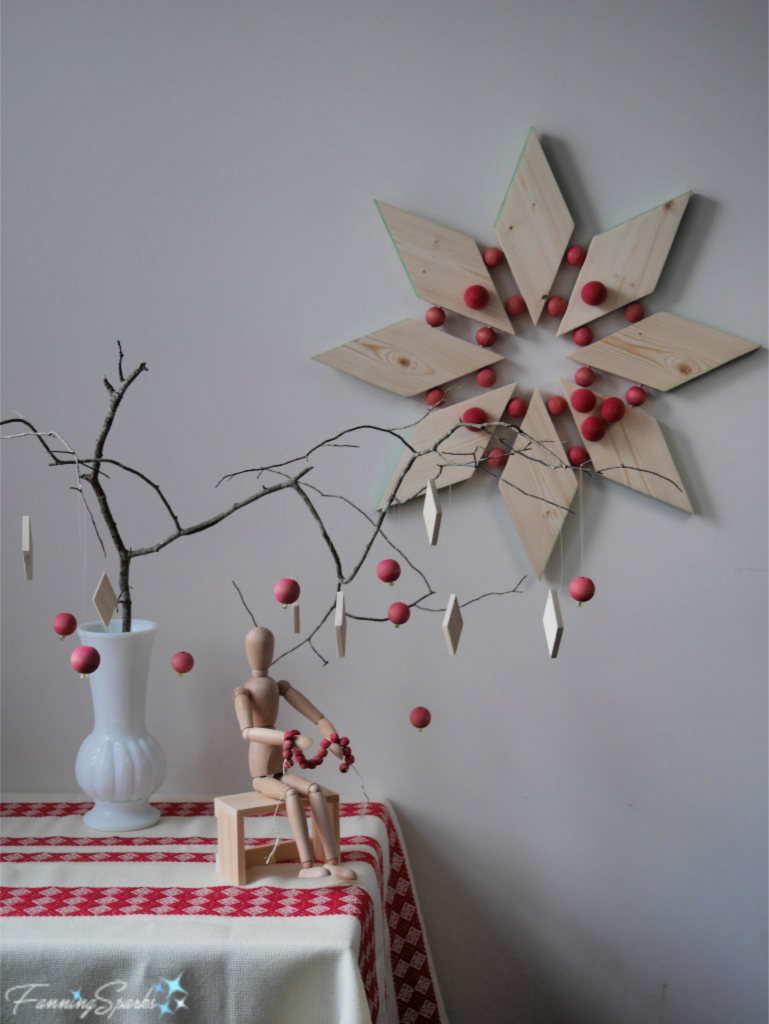
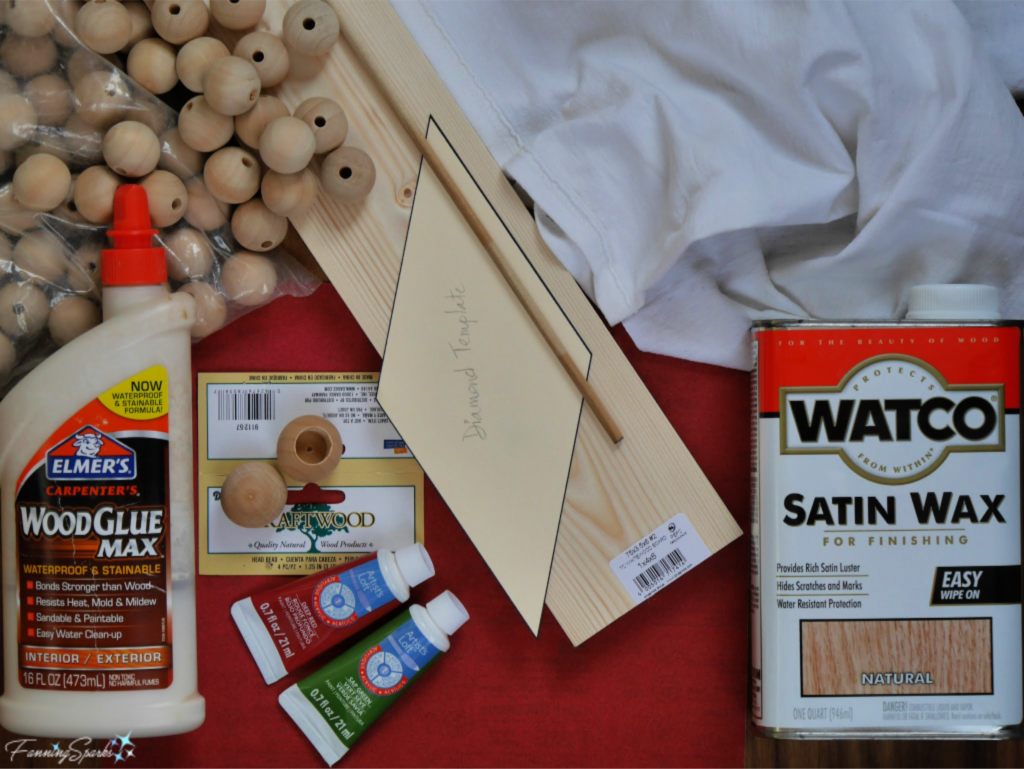 Pine Board: 1″ x 4″ x 6’ to cut the diamonds. Note the actual size of the wood will be only ¾” x 3 ½”.
Pine Board: 1″ x 4″ x 6’ to cut the diamonds. Note the actual size of the wood will be only ¾” x 3 ½”.